Quick answer: The cheapest way to move out of state is usually to rent a truck, moving container, or freight trailer. Depending on the distance and how much stuff you have, it can cost between $700 and $5,000.
Overview
Moving out of state isn’t easy — it’s a lot to plan, a lot to pack, and definitely a lot to pay for.
Moving out of state sounds exciting on paper, until you start checking prices. Suddenly, your big adventure feels more like a budget-busting nightmare.
Whether you're relocating for a job or just need a fresh start, you’re probably wondering: What’s the cheapest way to move out of state?
According to HomeAdvisor, a long-distance move can cost anywhere from $2,391 to $6,868. A full-service move could cost you over $9,000 if you're not careful.
However, there are plenty of affordable moving options that can help reduce your costs. Like portable moving containers, freight trailers, or DIY moves, where you call in every favor you've ever earned in your life.
This guide will cover everything from moving out of state on a tight budget to choosing between U-Haul and PODS.
So, keep reading if you're serious about keeping your move cheap and your sanity intact.
8 Cheapest Ways to Move Out of State
Moving out of state doesn’t have to cost a fortune. With the right choices, you can cut down on expenses and make your move more affordable.
From cheap moving options like rental trucks and containers to timing your move right, there are smart ways to keep things budget-friendly without cutting corners.
Rent a Moving Truck
Renting a moving truck is one of the cheapest moving options if you're comfortable doing the heavy lifting yourself. It gives you full control over your move, from your schedule to how your things are packed and loaded.
If you're working with a tight budget and don’t mind a bit of manual work, this DIY route can save you a lot compared to hiring full-service movers.
You can pick the truck size that fits your stuff, take your time loading, and hit the road when it works for you. Just keep in mind that fuel, mileage, and extra fees can add up, so it’s important to plan ahead.

- Choose the right truck size based on how much you’re moving; bigger isn’t always better.
- Avoid peak times (weekends, end of the month, summer) to get the best rates.
- Don’t forget fuel costs—diesel trucks usually offer better mileage.
- Compare quotes from multiple rental companies before booking.
Rent a Freight Trailer
If you're looking for affordable alternatives to full-service movers, renting a freight trailer is a solid option. It’s ideal for longer moves where you need more space but want to avoid sky-high moving costs.
With this method, a company drops off a large trailer at your place, you load your belongings at your own pace, and they handle the driving. Once it arrives at your new home, you’ll usually have a few days to unload.
You only pay for the space you use, which makes it a great way to stay within budget while still handling things your way.

- Trailer space is charged per foot, so measure your belongings and only use what you need.
- Pack strategically to make the most of the space and reduce the chance of damage during transport.
- Always check insurance options to make sure your belongings are protected during the move.
Book a Moving Container
Booking a moving container is a great option if you want more flexibility without handling the entire move yourself. It’s especially useful when figuring out how to move out of state on a tight budget.
Companies like PODS or U-Pack drop off the container at your home, give you time to pack it, and then transport it to your new location.
It’s a solid middle ground between DIY and full-service moving. You still pack your things the way you want, but you don’t have to drive a big truck across states. For many people, it’s a convenient and affordable way to manage a long-distance move with less stress.

- Get an accurate idea of how much space you’ll need—containers come in multiple sizes.
- Book early, especially during busy months, to lock in lower rates.
- Make sure your driveway or street allows for container drop-off and pickup.
- Check the company's storage options if you need extra time before unloading.
Ship Your Belongings
If you’re not moving a whole house, shipping your items can be one of the most convenient and cheap moving options. You can use services like UPS, FedEx, USPS, or even Amtrak Express Shipping to send boxes, luggage, or small furniture across state lines.
This method is ideal for students or anyone with minimal belongings. It saves you from having to rent a truck or pay for a moving container, and it’s surprisingly affordable if you pack smart and ship only what you really need.

- Use sturdy boxes and clearly label each one with your name and destination address.
-
Weigh your boxes ahead of time to avoid surprise charges.
- Check if your items qualify for media mail or flat-rate boxes with USPS to save more.
-
Consider insurance for valuable or fragile items—just in case.
Use Your Own Vehicle
If you’re not moving a ton of stuff, using your own car or borrowing a friend’s van can be one of the simplest and most affordable moving options. You avoid rental fees, fuel surcharges, and insurance add-ons, which can make a big difference when you're on a budget.

- Use vacuum bags, bins, and soft bags to maximize space in your car.
- Keep essentials easily accessible in the front or back seat.
- Check your tire pressure and get a quick maintenance check before the trip.
- If needed, rent or borrow a rooftop cargo box for extra space.
Declutter – Donate, Sell or Discard
It’s one of the easiest ways to make your move cheaper and more manageable. Before you pack anything, take a good look at what you actually use and need. Then, apply the simple rule: donate it, sell it, or discard it.
This method doesn’t just lighten your load; it can also put some extra cash in your pocket. Sell items in good condition through local marketplaces and donate usable stuff to charities or shelters.

-
Start early—decluttering takes longer than you think.
- Be realistic. If you haven't used it in a year, you probably don't need it.
- Donate to local shelters, nonprofits, or thrift stores; they often offer free pickup.
-
Group items by category (clothes, furniture, kitchenware) to make sorting easier.
Pack With Free Supplies
When you're trying to keep your move affordable, paying for packing materials can feel unnecessary. One of the cheap moving options is to use free packing supplies, and there are plenty out there.
Skip the expensive moving kits and look around your community. Grocery stores, liquor stores, bookstores, and even neighbors have free boxes. You can also check online platforms like Facebook Marketplace, Craigslist, or Buy Nothing groups.
For fragile items, skip the bubble wrap; use towels, blankets, or clothes you’re already packing anyway.

- Ask local stores or businesses if they have clean, sturdy boxes they’re throwing out.
- Use soft household items (like towels or sweaters) instead of buying padding.
-
Label boxes clearly by room and contents to make unpacking easier.
-
Only buy new supplies if absolutely necessary; check Home Depot or U-Haul for any extras you can't find free.
Move During Off-season
One of the easiest ways to cut moving costs is to plan your move during the off-season, typically between October and April. This is when fewer people are relocating, so moving companies, truck rentals, and container services are more likely to offer lower rates and better availability.
Choosing the best time of year to move long distance doesn’t just save you money; it can also make the whole process less stressful. There’s less traffic on booking schedules, and you’re more likely to get the dates and equipment you want without a fight.

- Be flexible with your moving dates; mid-week and mid-month are often cheaper.
- Watch the weather, especially in colder areas, and have backup plans.
- Even in the off-season, book your truck or container early to lock in the best rate.
- Ask moving companies directly about seasonal discounts or off-peak pricing.
Other Ways To Save Money On Your Move
Once you’ve picked your moving method, there are still smart ways to cut costs in the smaller details. These tips don’t involve choosing a truck or container; they’re the little things most people overlook, but they can add up to real savings.
Plan and Book Early
The earlier you start planning your move, the more money you’ll save. Booking trucks, storage, or help last minute often comes with extra fees or limited availability.
Compare Utility Setup Fees
Before moving into your new place, check which utility providers offer the best setup rates. Some charge connection fees, while others may offer discounts or waived fees for new customers.
Avoid Extra Baggage Fees
If you’re flying to your new state, be smart with how you pack. Airlines charge high fees for overweight or extra luggage. Use a luggage scale before heading to the airport and consider shipping a box or two separately if it’s cheaper.
Eat Through Your Pantry and Freezer
In the final weeks before your move, try not to buy extra groceries. Instead, plan meals around what you already have. It reduces waste and saves money on both food and the cost of moving perishables.
Use Cashback or Reward Points
If you have a credit card with rewards or cash back, use it strategically for moving-related expenses, such as truck rentals, gas, or supplies. You might even have travel points that could cover a hotel night or flight.
Avoid Storage if You Can
Storage units sound helpful, but they often become an extra cost that drags on. Try to time your move so everything goes directly from your old place to your new one. The fewer stops, the fewer bills.
How Much Does it Cost to Move to Another State?
Moving to another state is a big deal, and it's not cheap. However, don't worry; we've broken down every cost you might face, so you can budget effectively.
Average Cost to Move Interstate
Depending on how far you're going, how much stuff you're hauling, and whether you're hiring pros or doing it yourself, the cost can range from $2,000 to $8,000.
Cross-country moves can cost $4,600 on average, and sometimes even climb to $12,000.
Professional Movers vs DIY
| Move Type | Average Cost Range | What’s Included |
|---|---|---|
| Full-Service Movers | $4,000 – $8,000 | Packing, loading, transport, and unloading |
| DIY Truck Rental | $500 – $2,500 | Truck rental, fuel, maybe a sore back |
| Container Services | $2,000 – $5,000 | Drop-off container, you load it, they ship it |
Packing Costs
If you’re outsourcing the packing, expect to pay between $300 and $1,200, depending on the amount of items you've.
Doing it yourself? You’ll still need boxes, tape, and probably a few beers to get through it.
| Packing Supplies | Average Cost |
|---|---|
| Boxes & Tape | $50 – $200 |
| Bubble Wrap & Padding | $30 – $100 |
| Packing Labor (Hourly) | $25 – $60/hr |
Transportation Costs
Long-distance moves mean long drives. If you're renting a truck, expect to pay $0.50 to $1.00 per mile.
| Truck Rental | $500 – $1,500 |
|---|---|
| Fuel | $150 – $400 |
| Tolls | $50 – $150 |
| Lodging (if needed) | $100 – $300 |
Hidden Fees
- Stairs or elevator fees: $75 – $150
- Long carry fees (if truck can’t park close): $100 – $300
- Shuttle truck fee (for tight spots): $200 – $500
- Storage (if your new place isn’t ready): $100 – $300/month
- Insurance: $100 – $500, depending on coverage
Housing-Related Costs
If you're buying or renting, don’t forget these costs:
| Housing Cost Type | Typical Range |
|---|---|
| Security Deposit | 1–2 months’ rent |
| First Month’s Rent | Varies by state |
| Utility Setup Fees | $100 – $300 |
| Cleaning Services | $100 – $250 |
Pet & Vehicle Relocation
| Relocation Type | Cost Range |
|---|---|
| Pet Transport | $200 – $1,000 |
| Car Shipping | $600 – $1,200 |
The more you handle on your own, the more money you'll keep in your pocket. However, remember that the bigger your move and the farther you're going, the higher the costs usually are.
If you want an estimate tailored to your situation, try our moving cost calculator. Just enter your move dates, where you’re moving from and to, and roughly how much stuff you have, and it’ll give you a clear picture of what to expect.



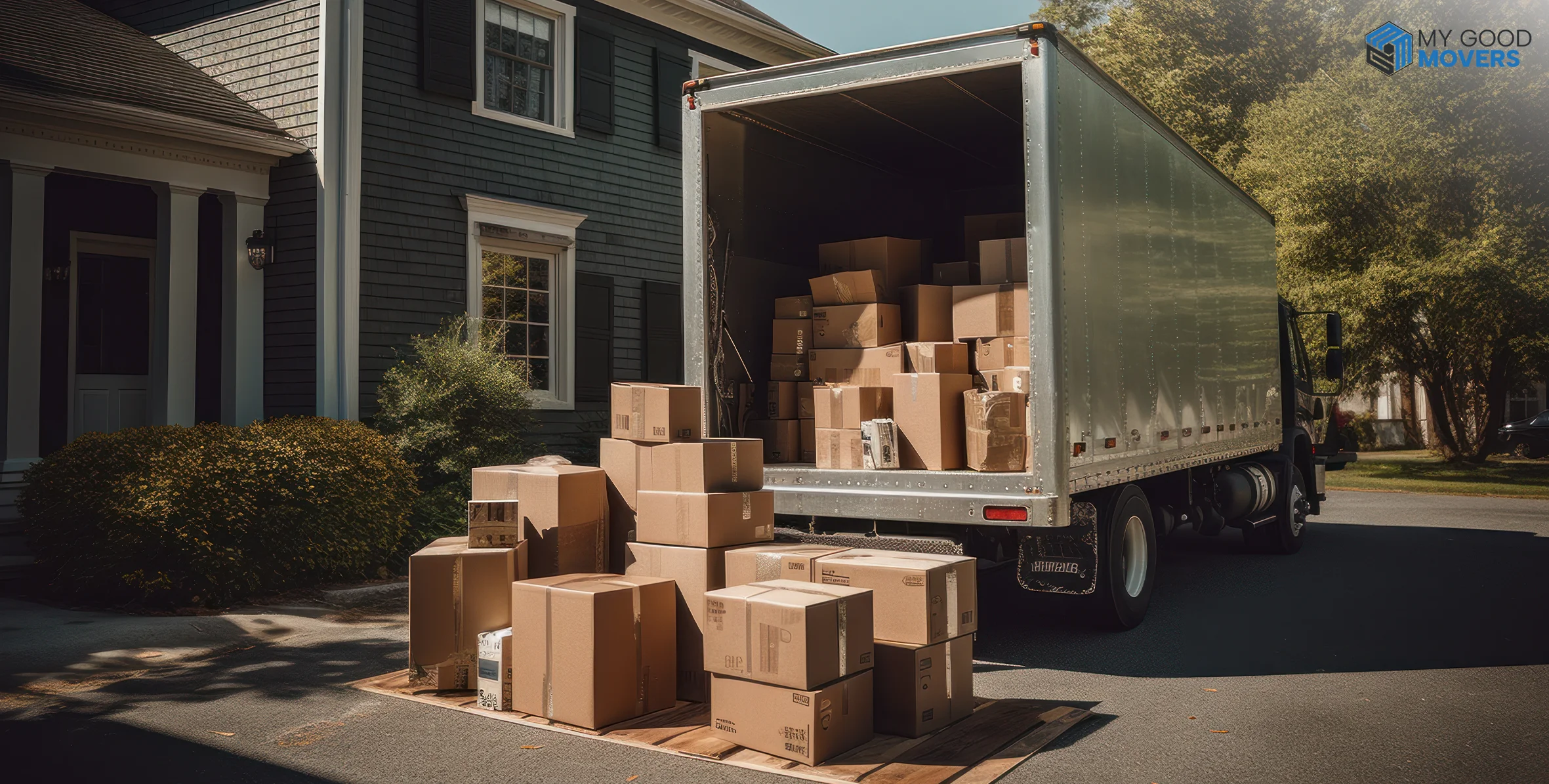











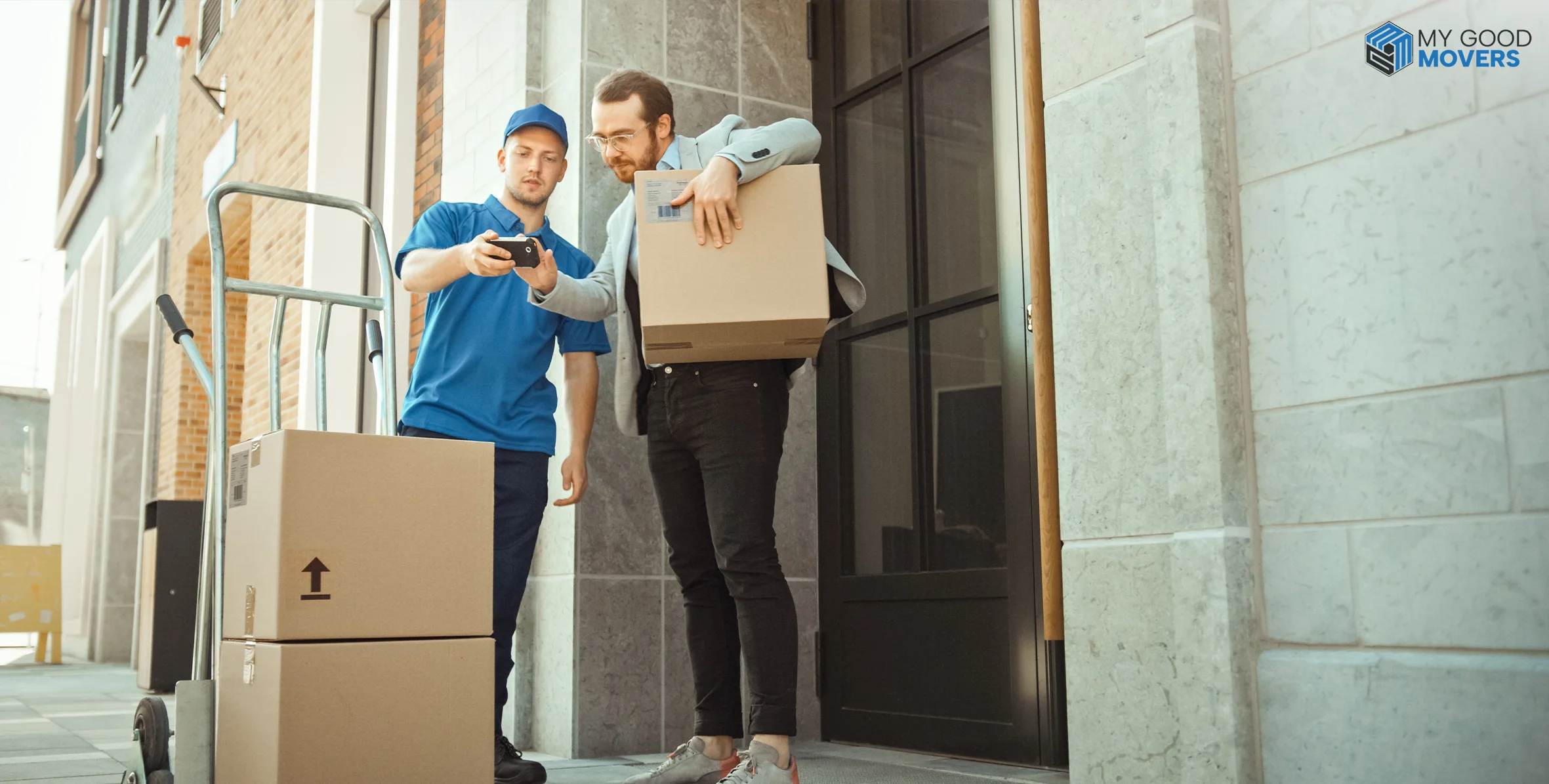

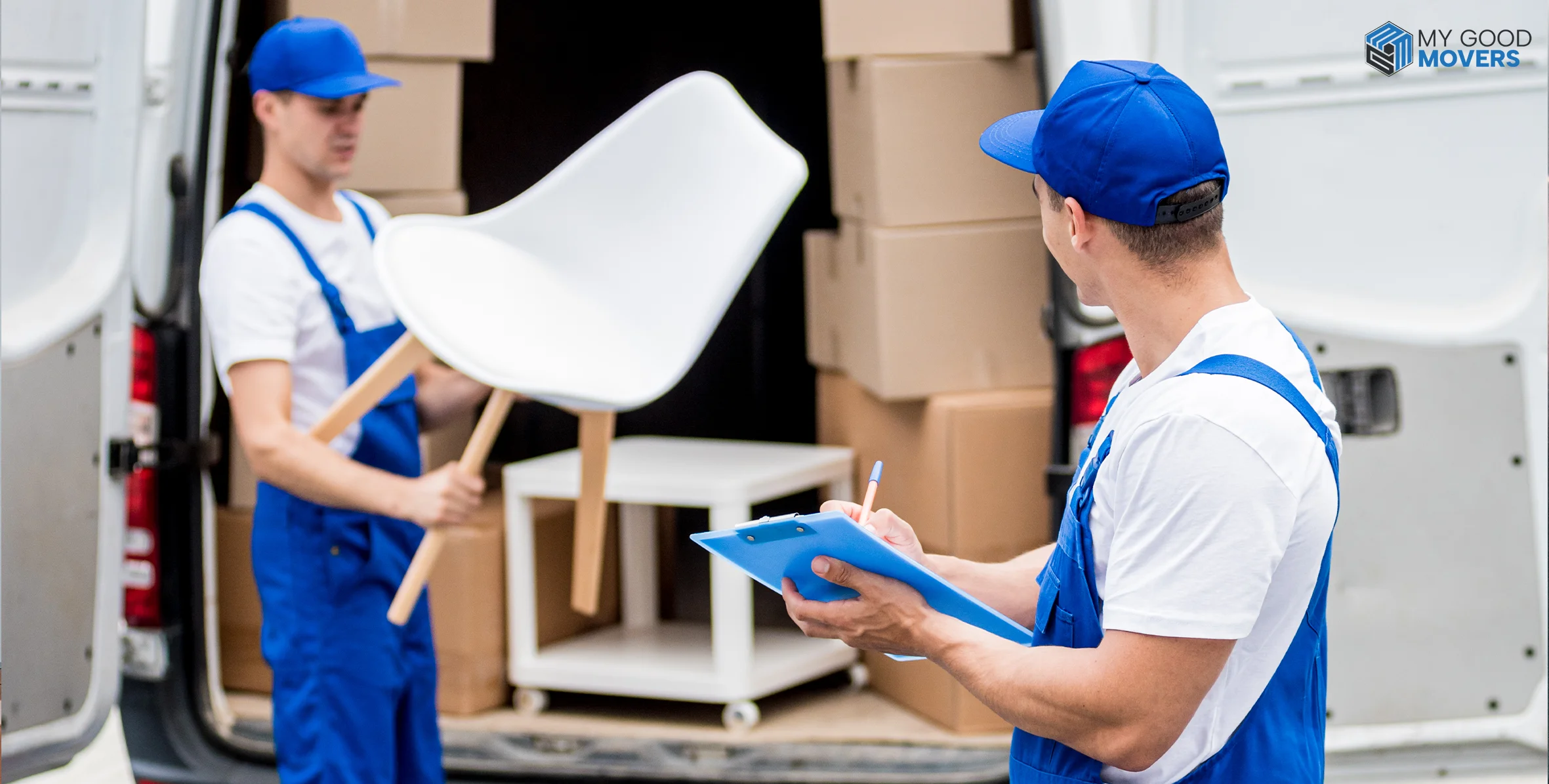
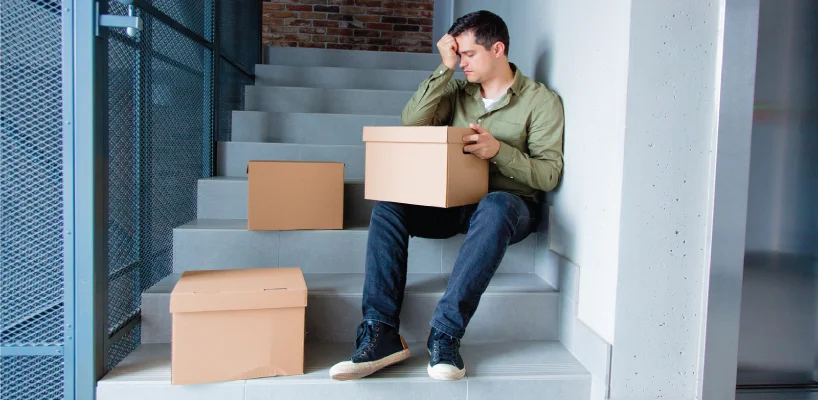
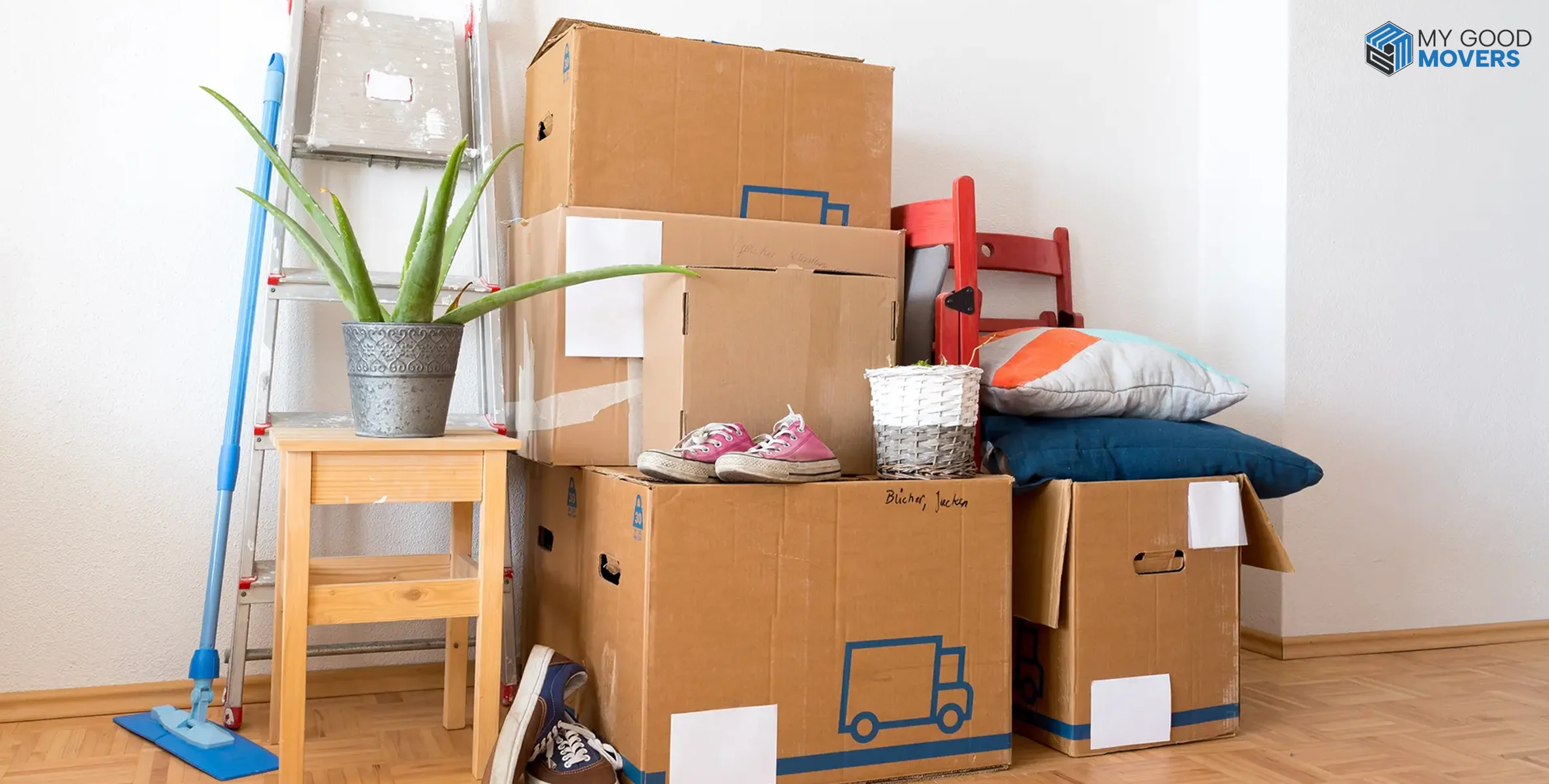
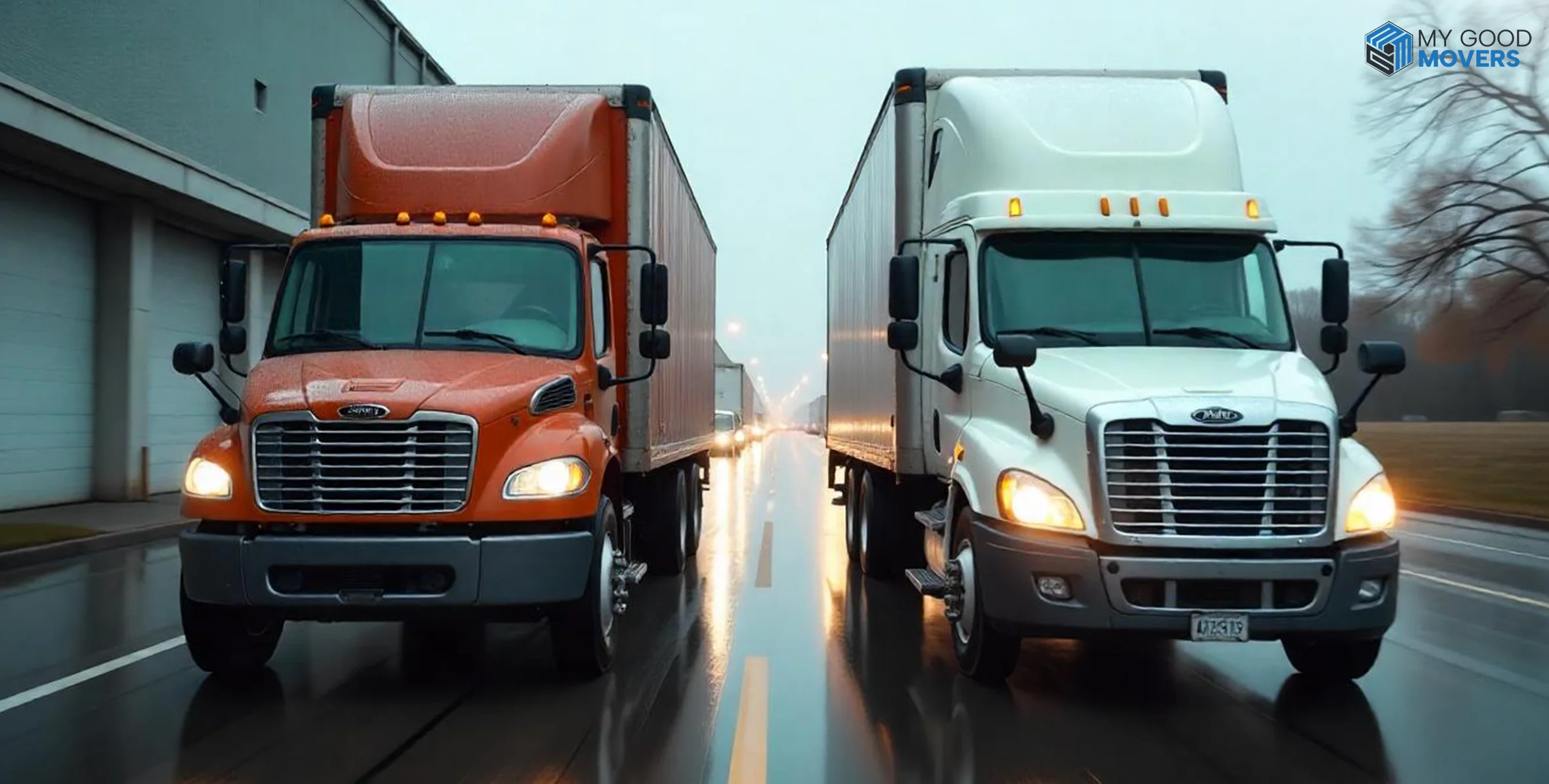


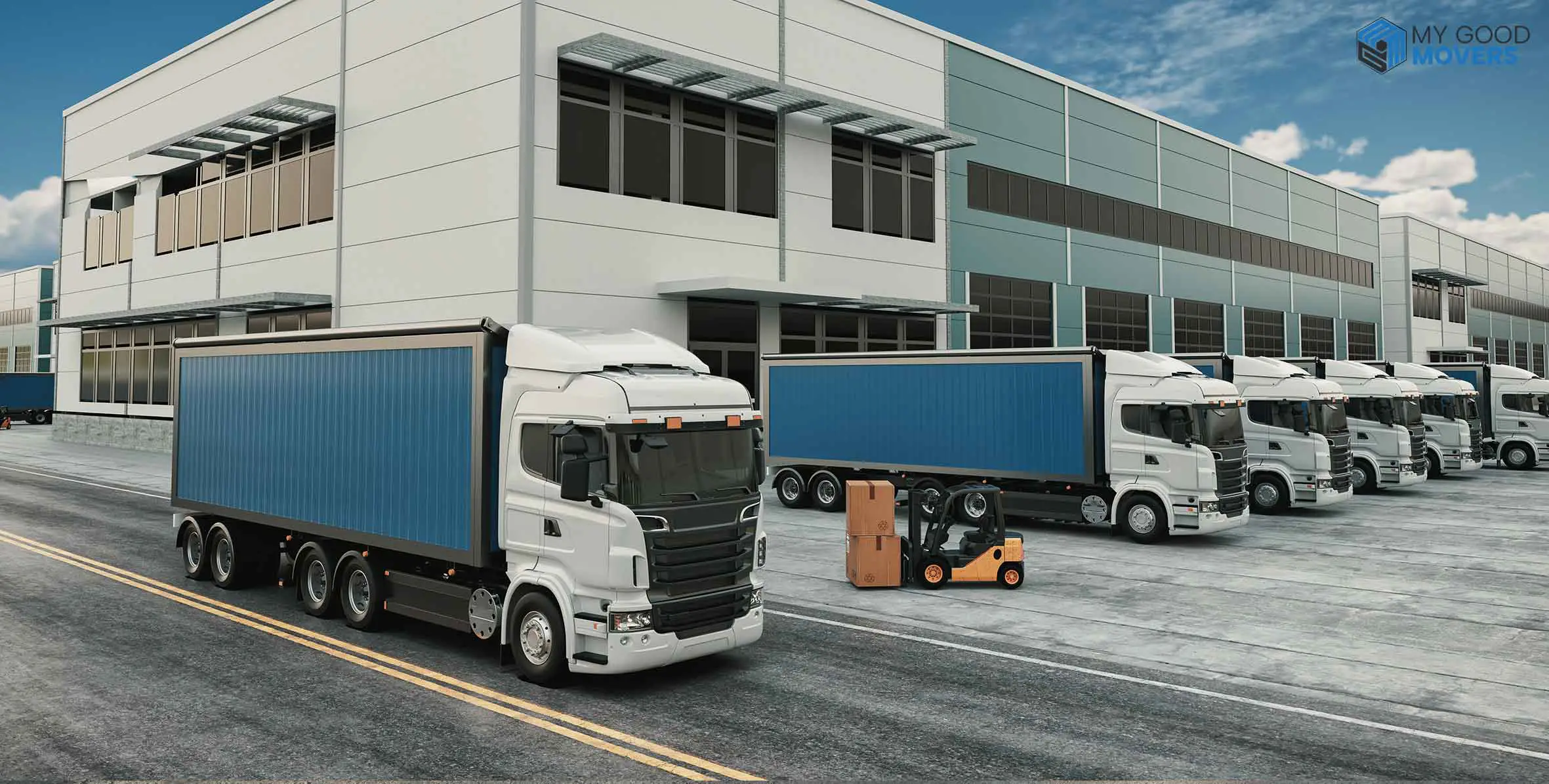





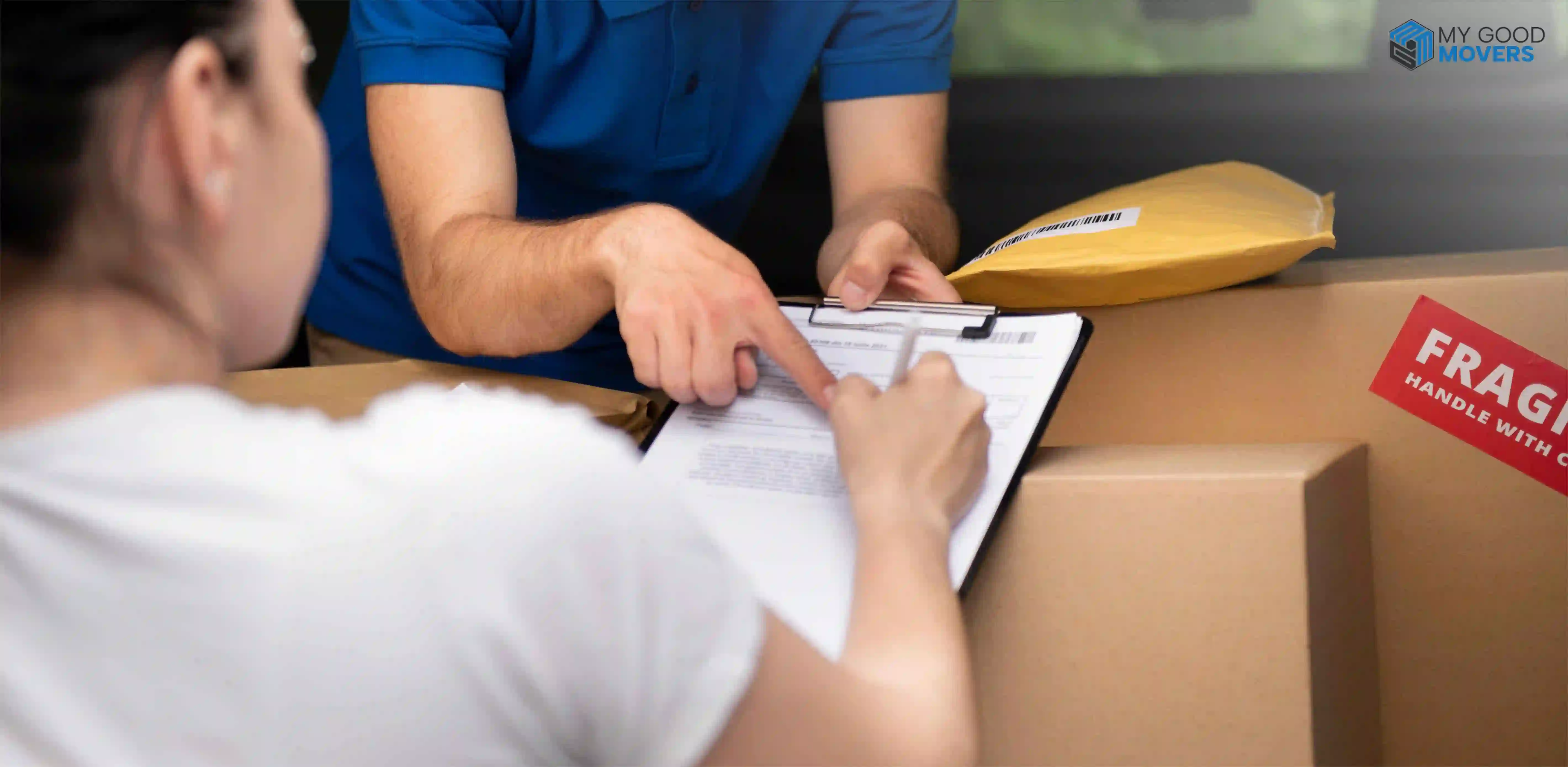


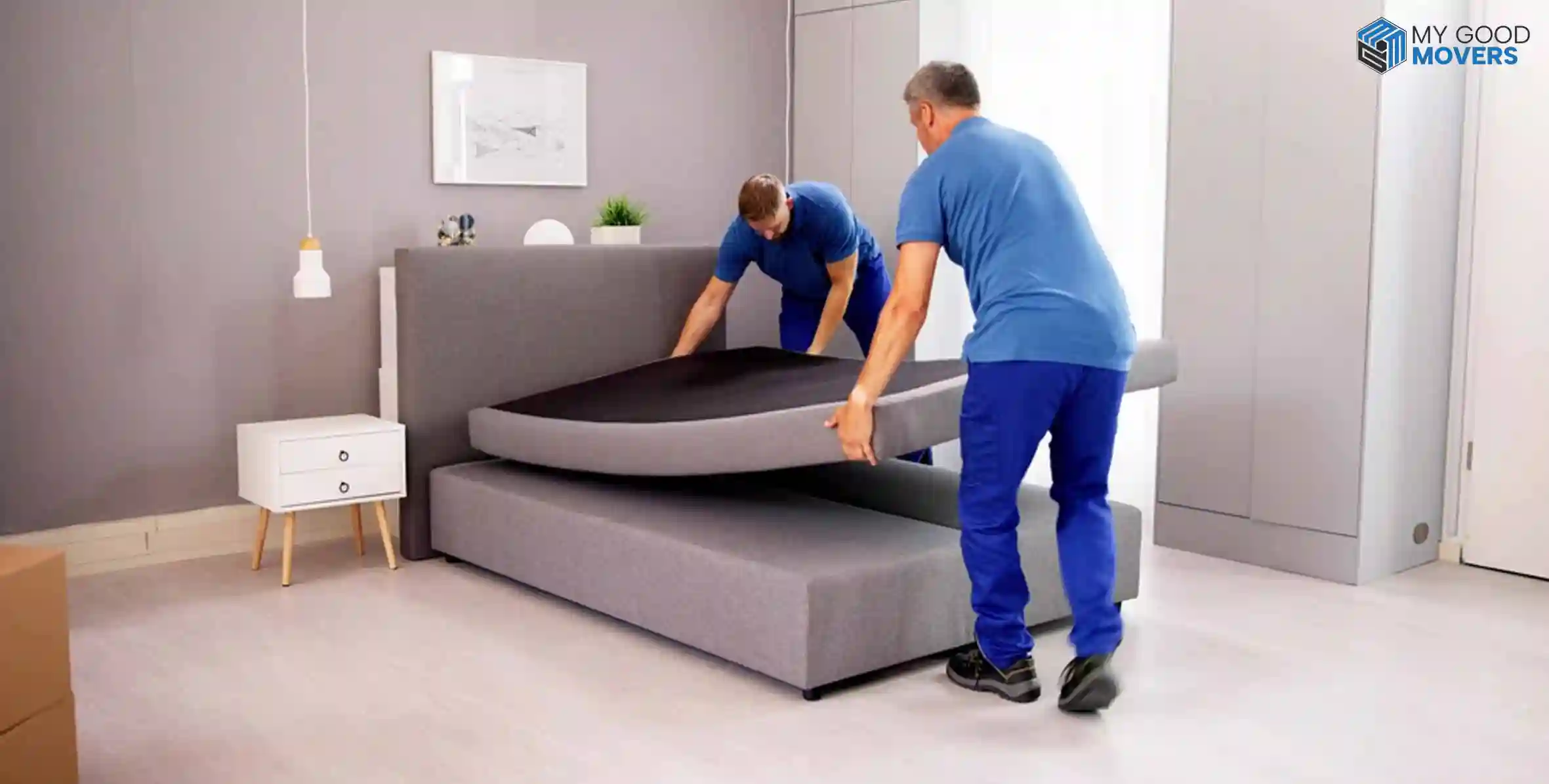



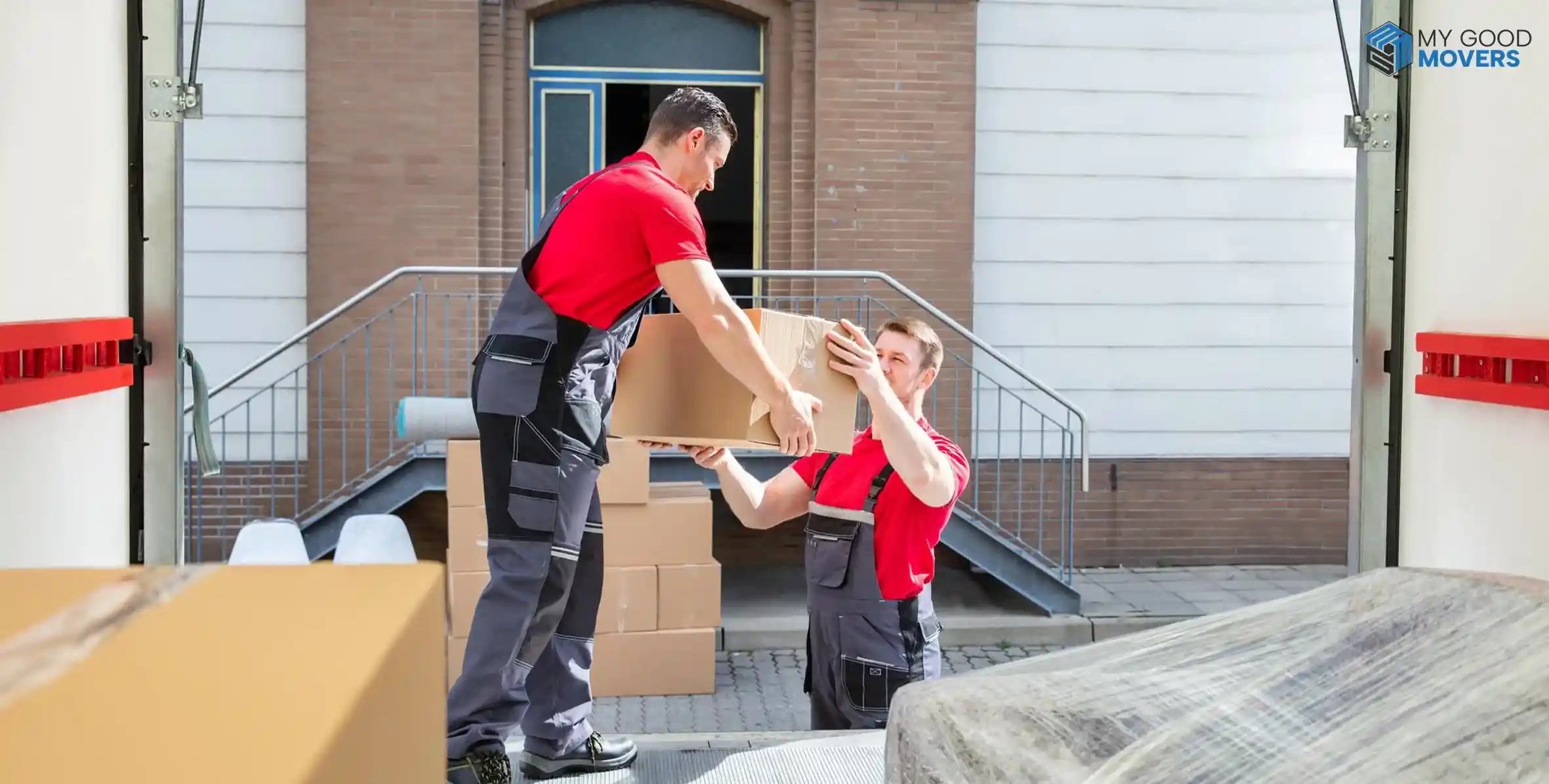


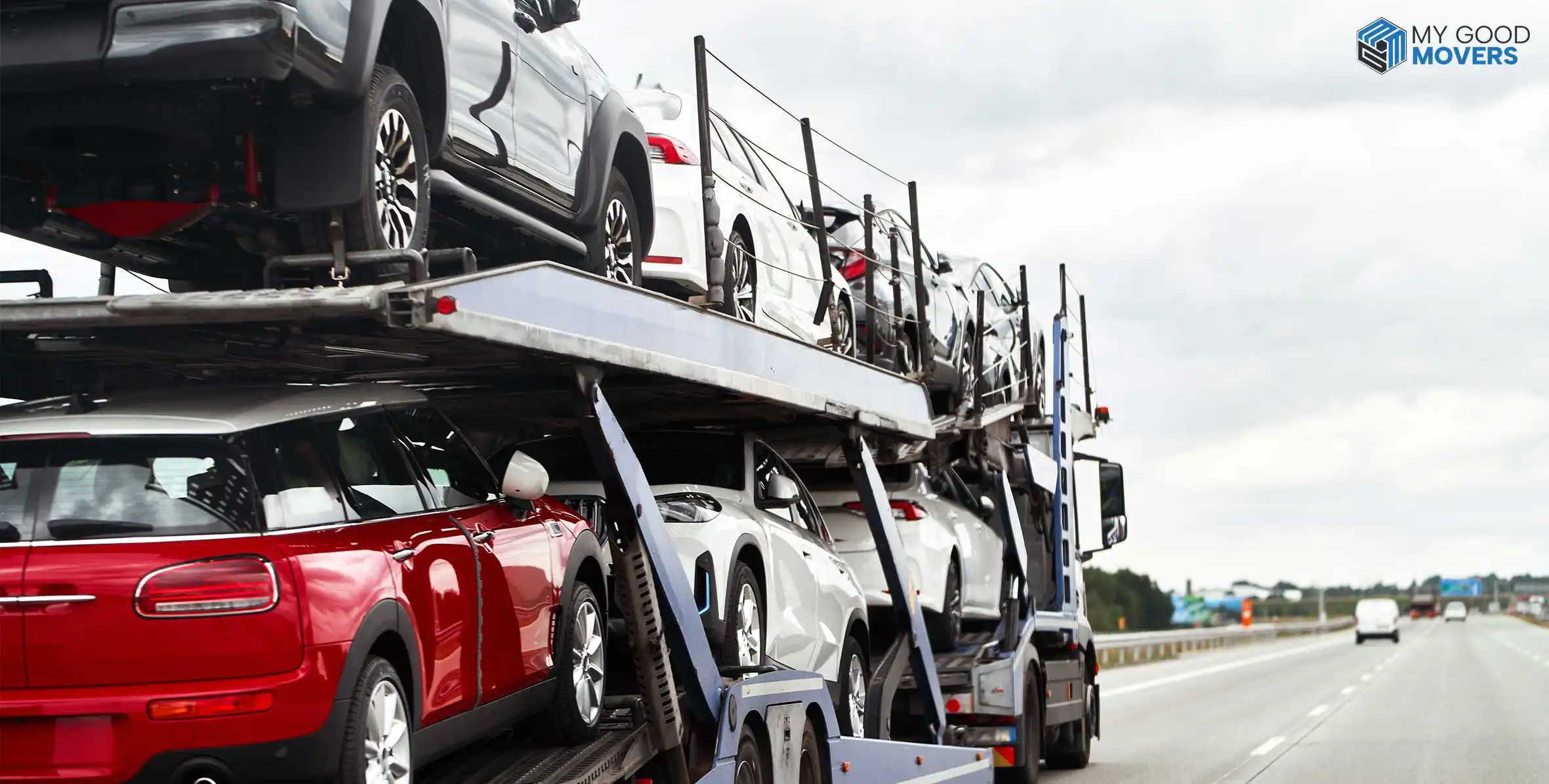

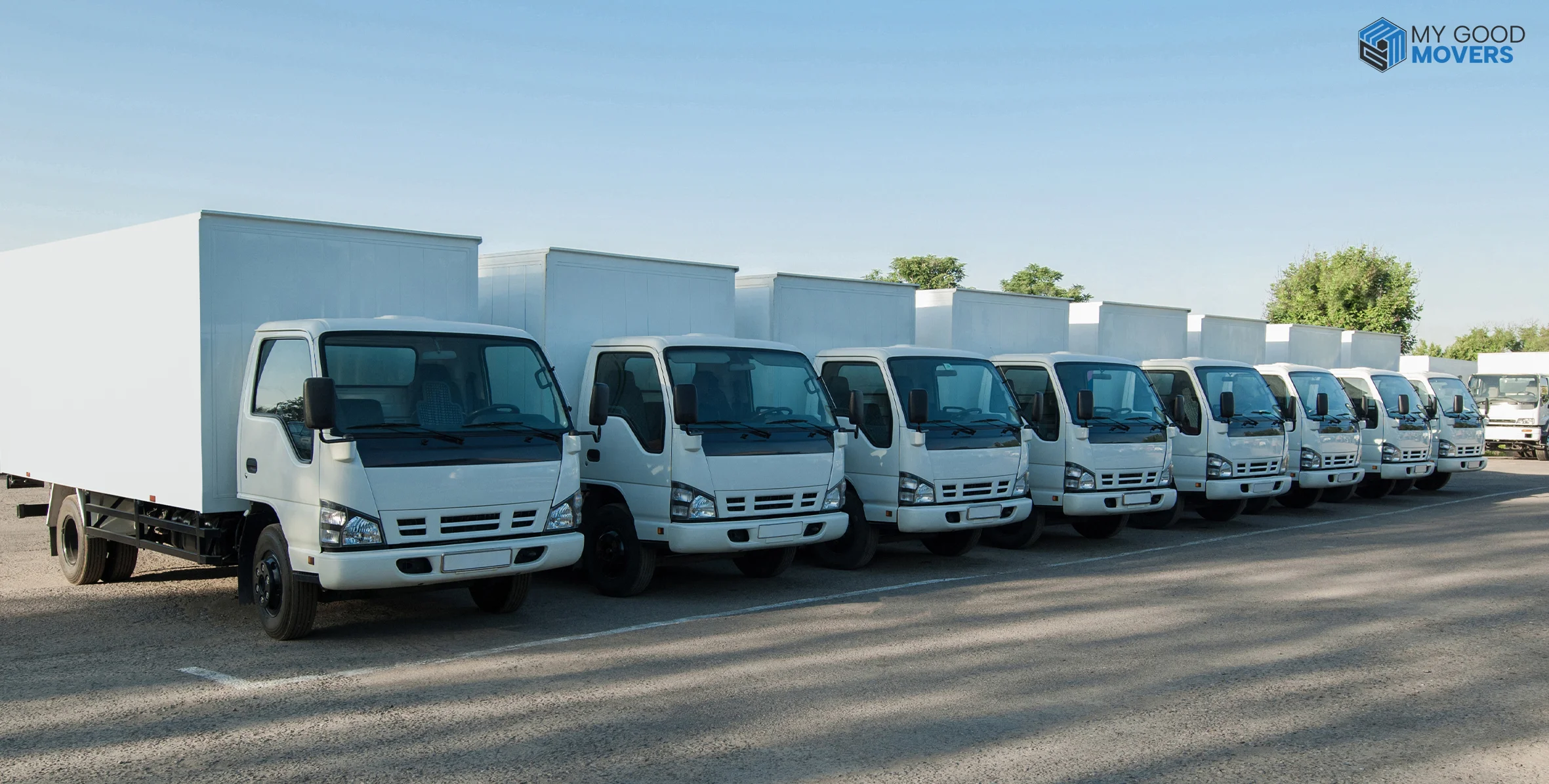


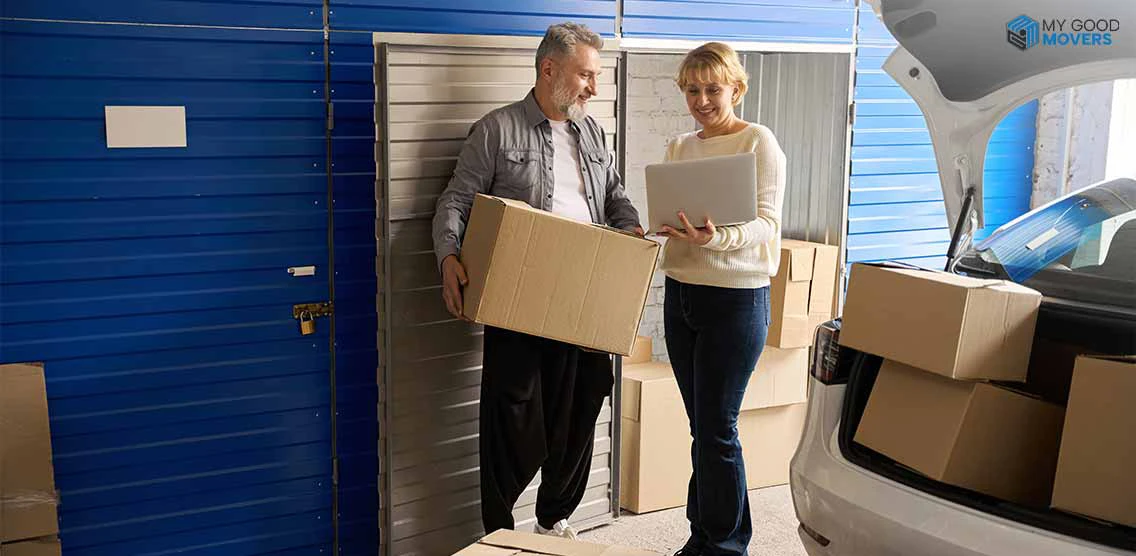
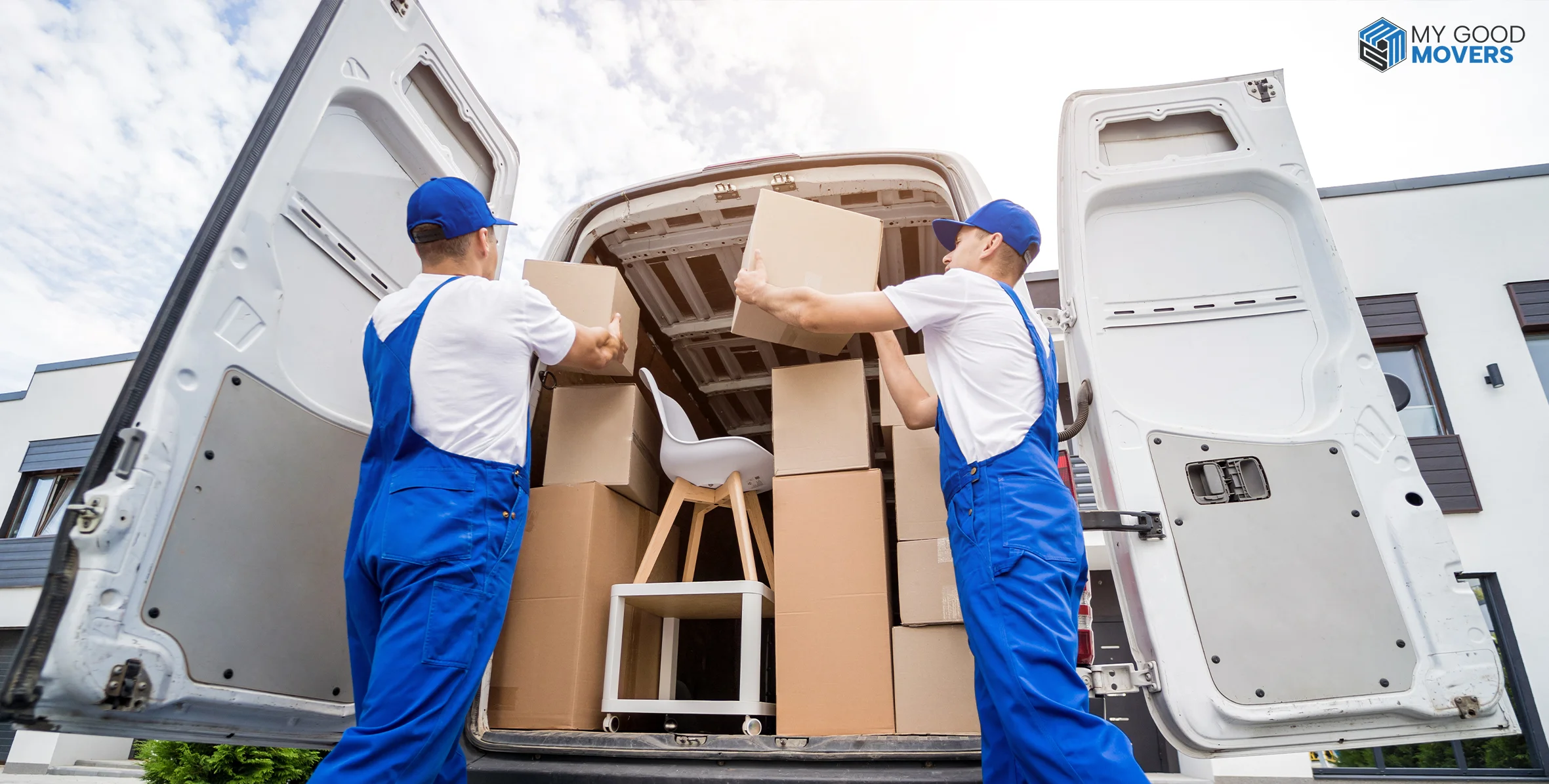

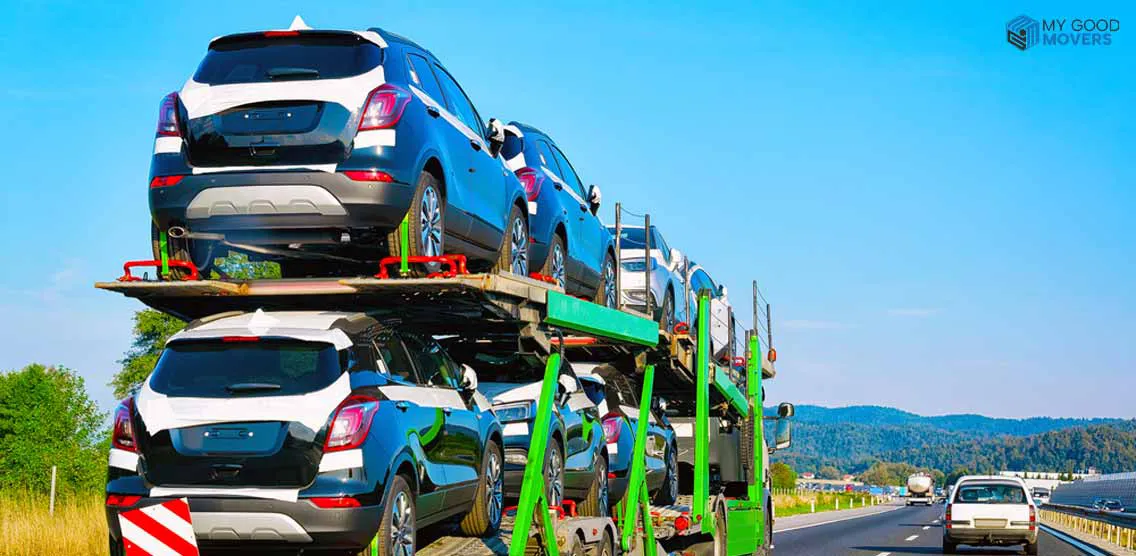







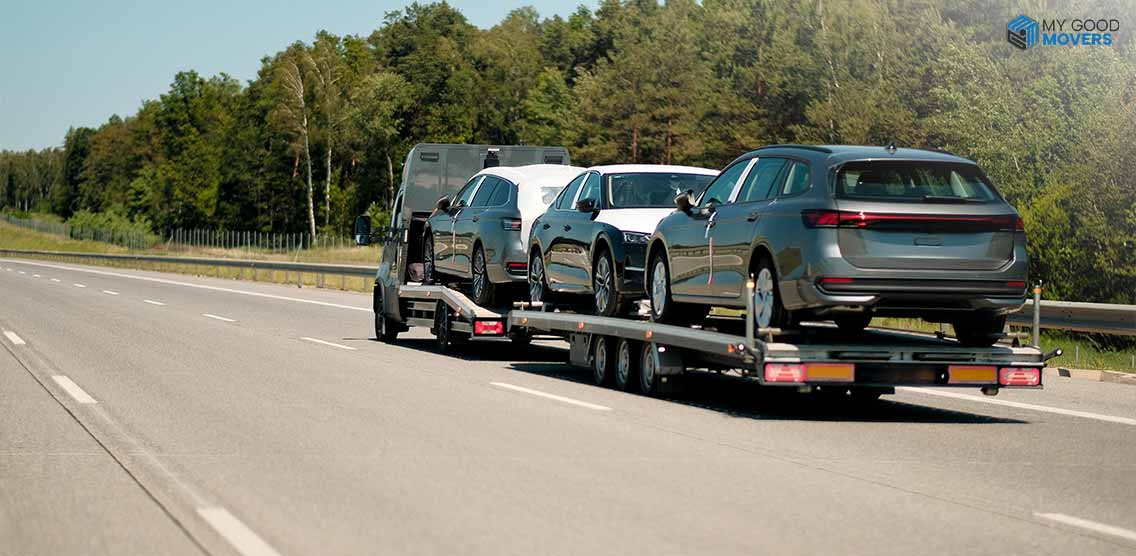
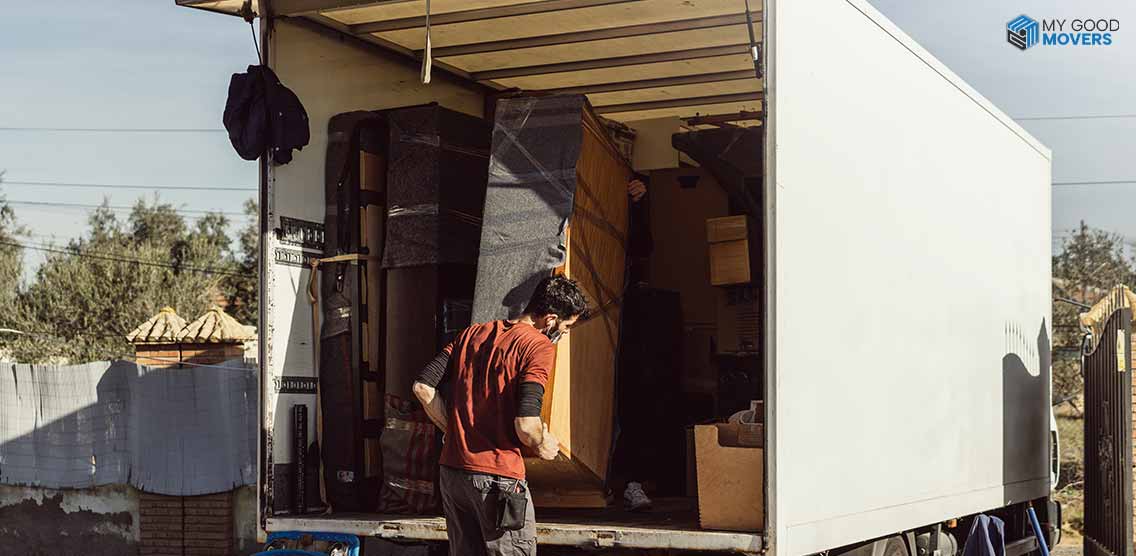
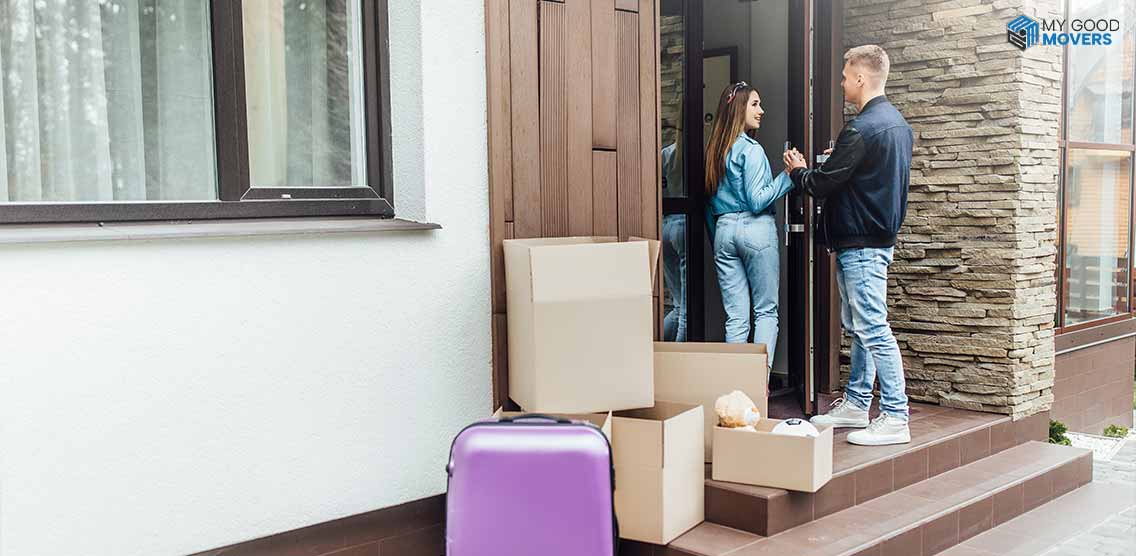


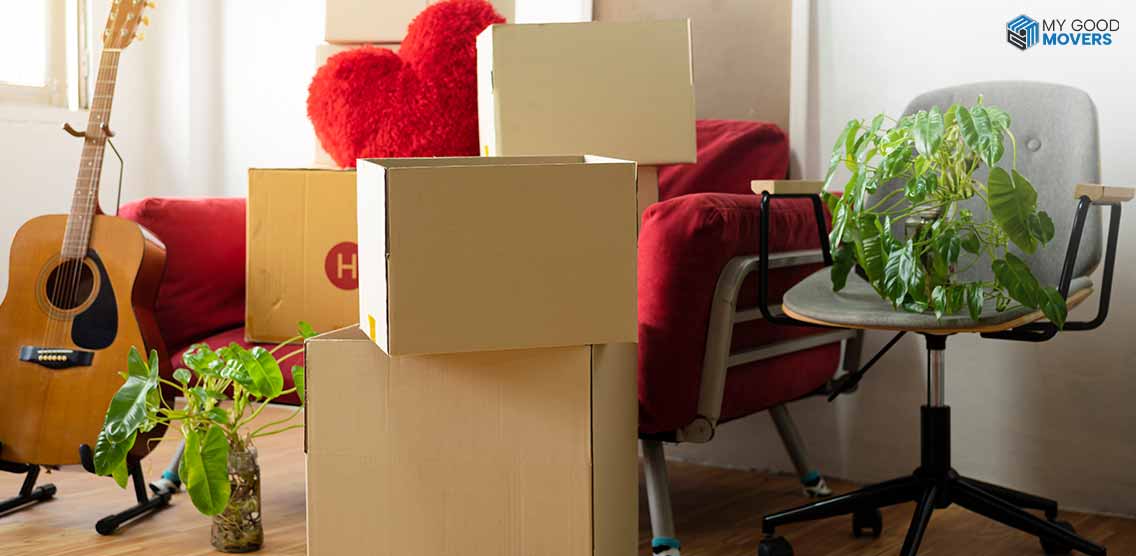




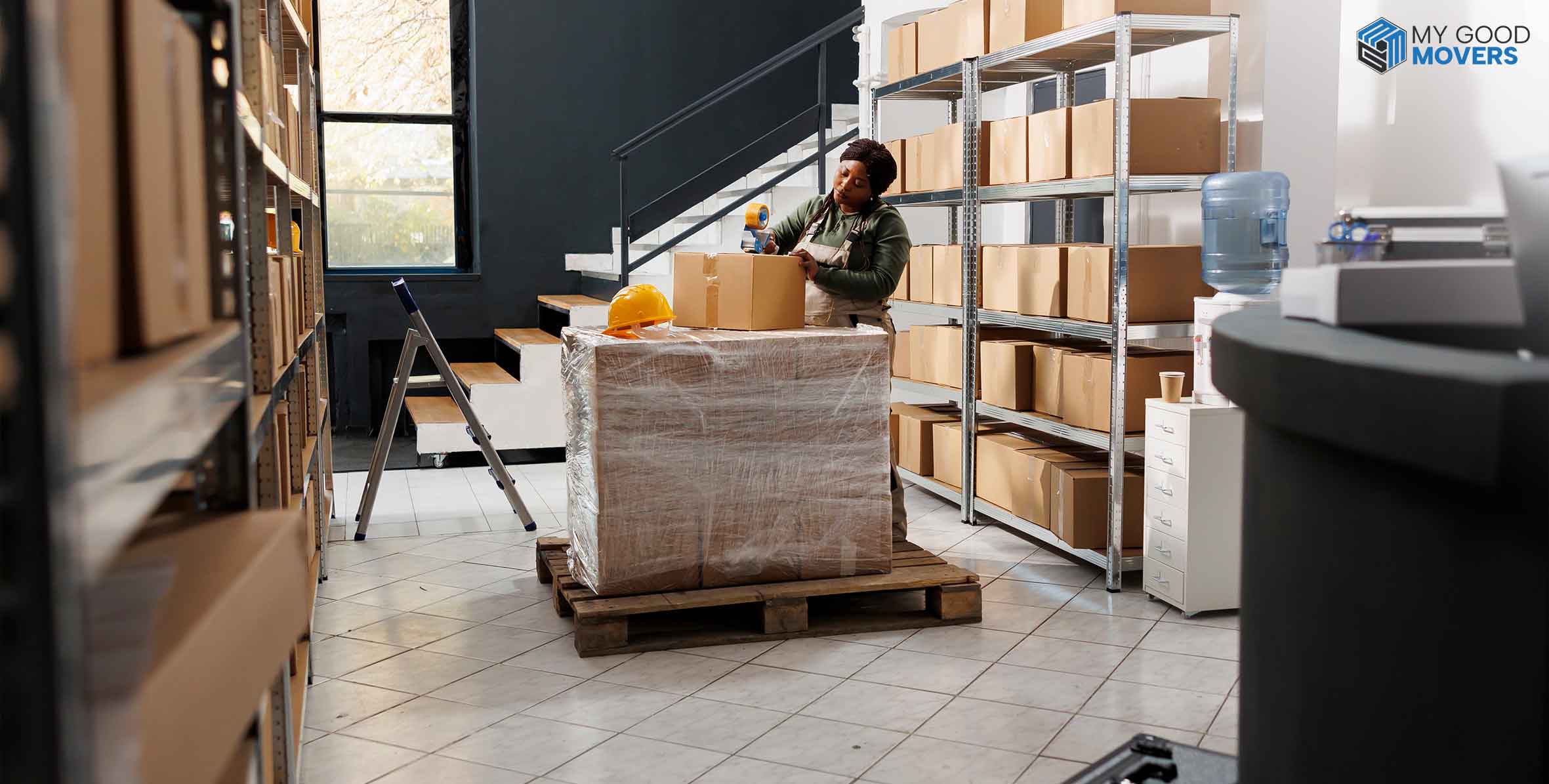











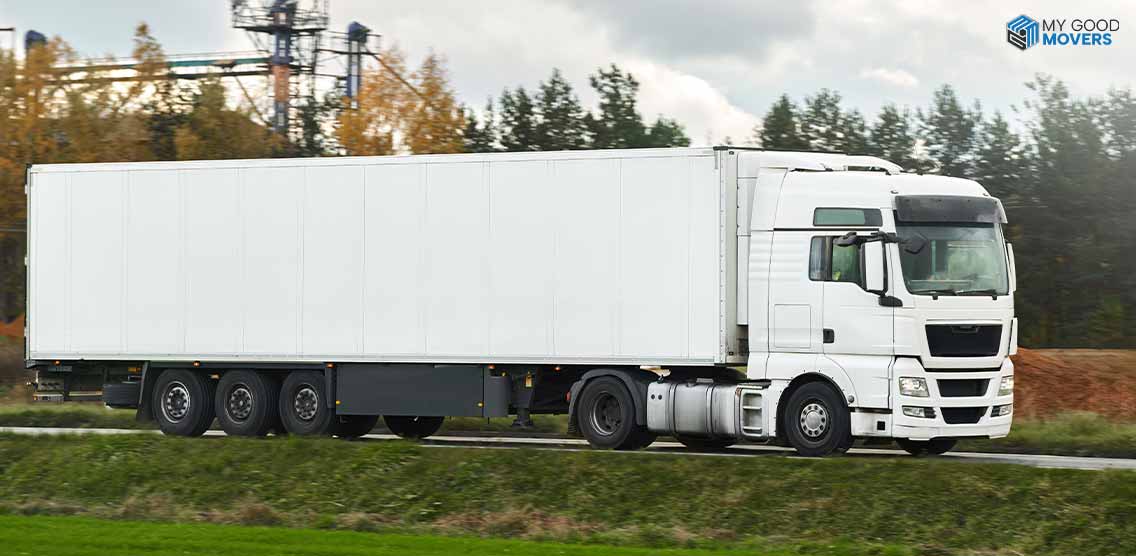





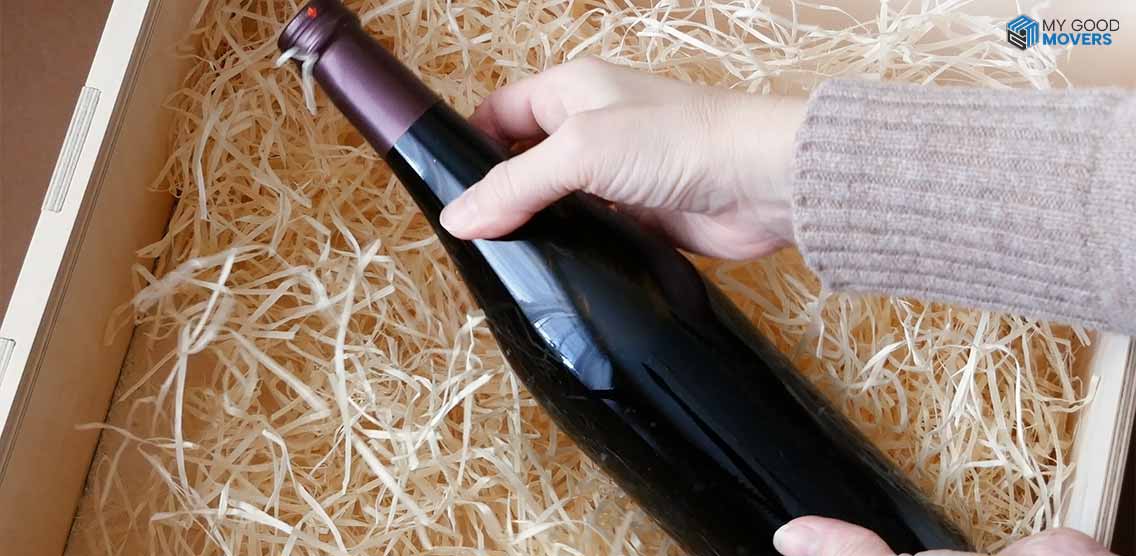
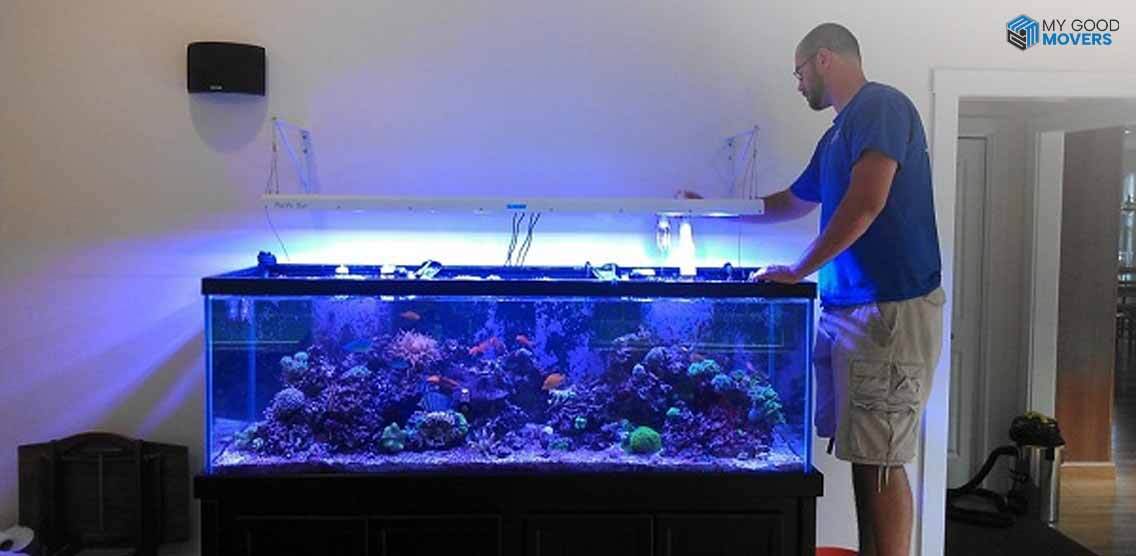
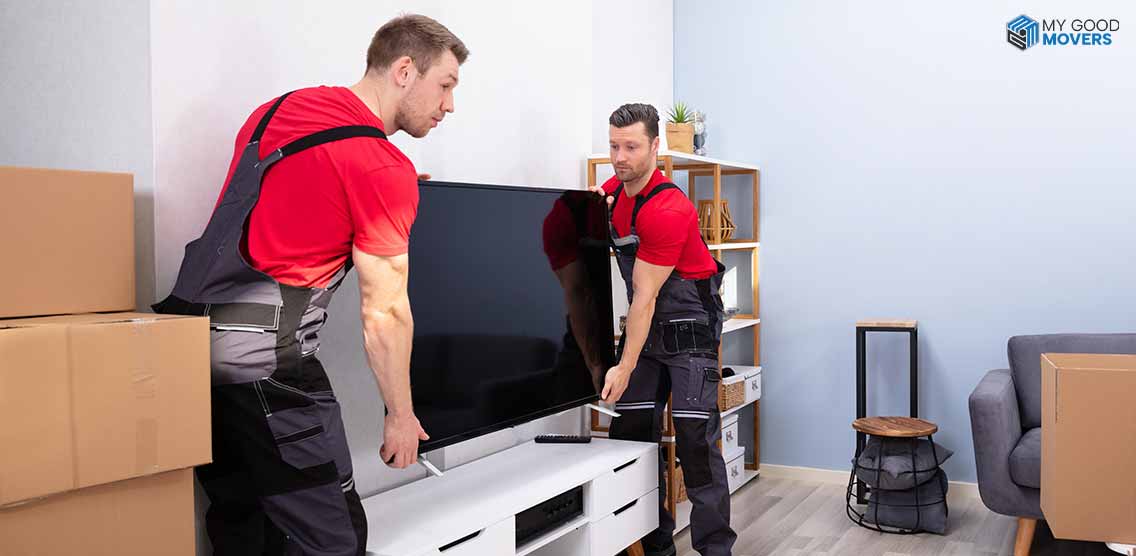





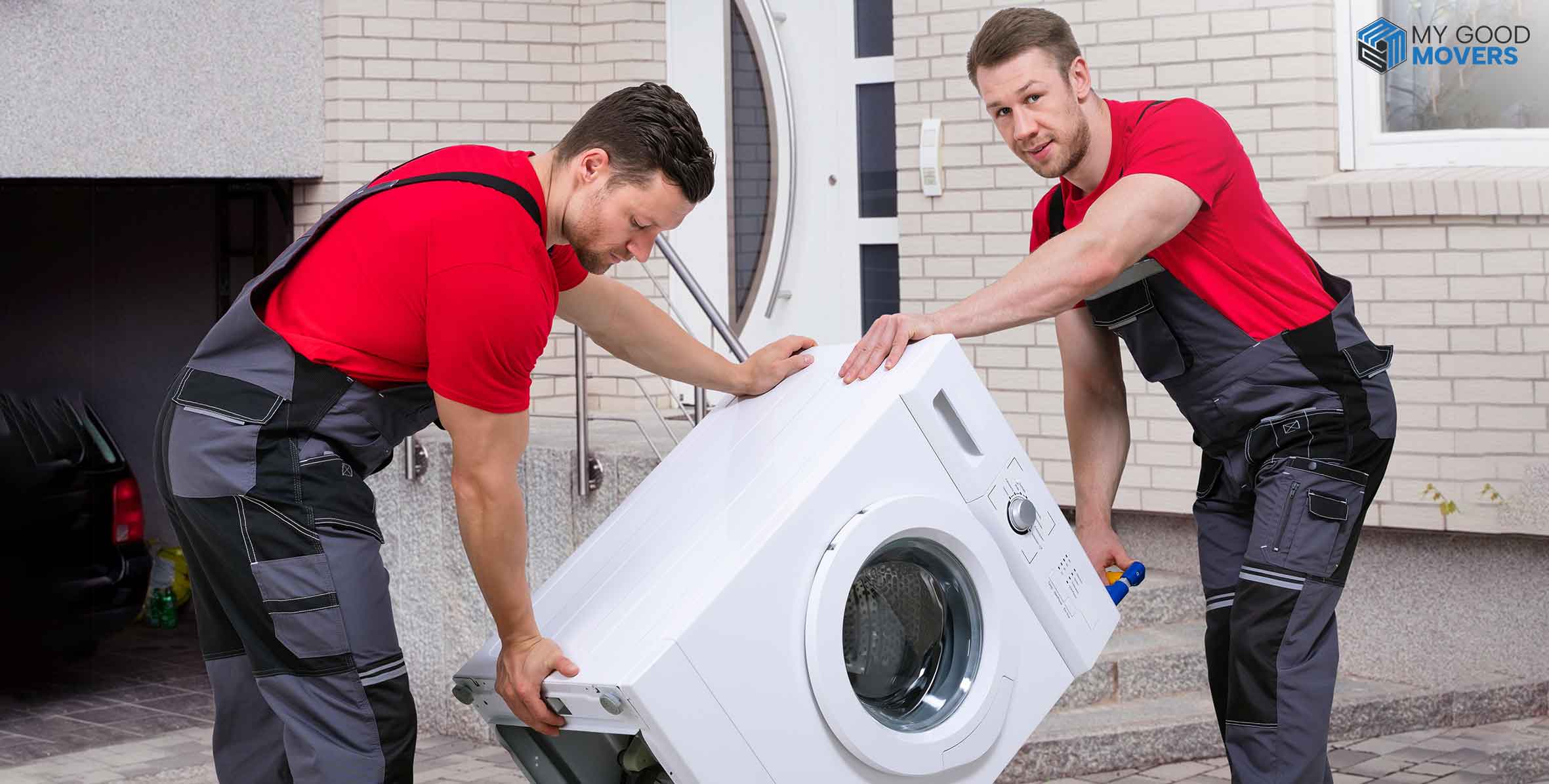
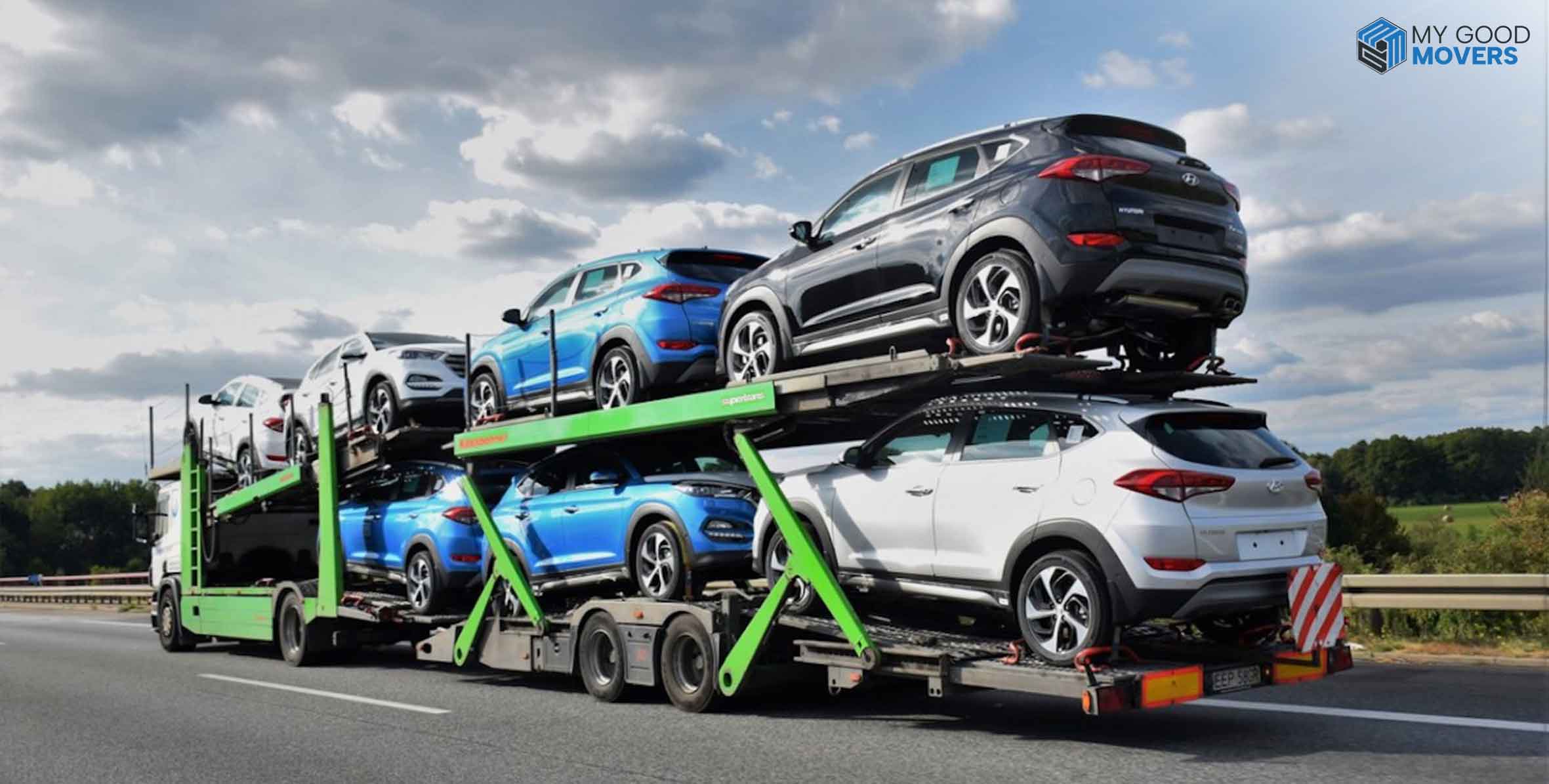




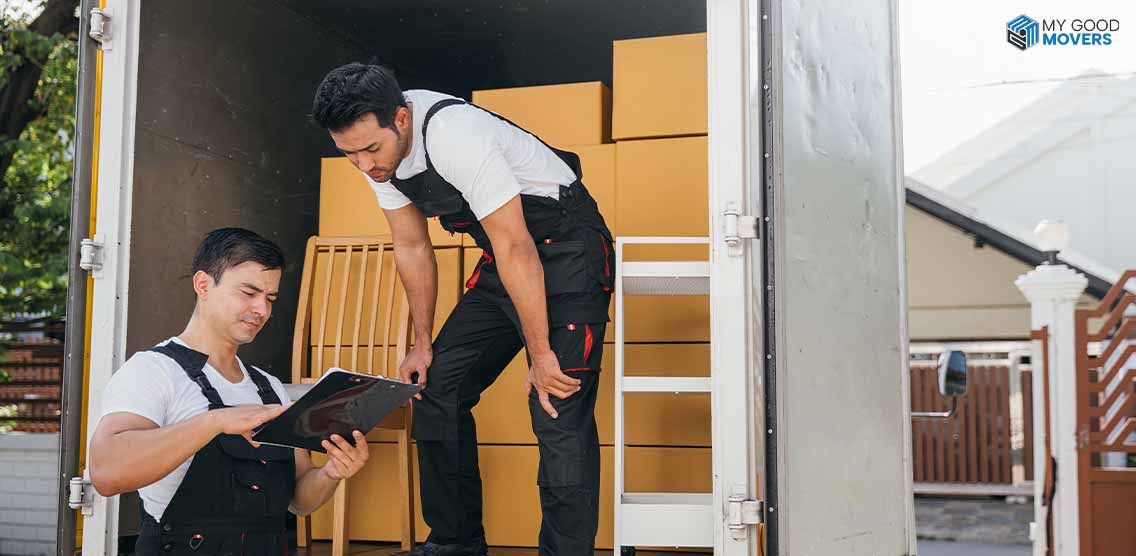

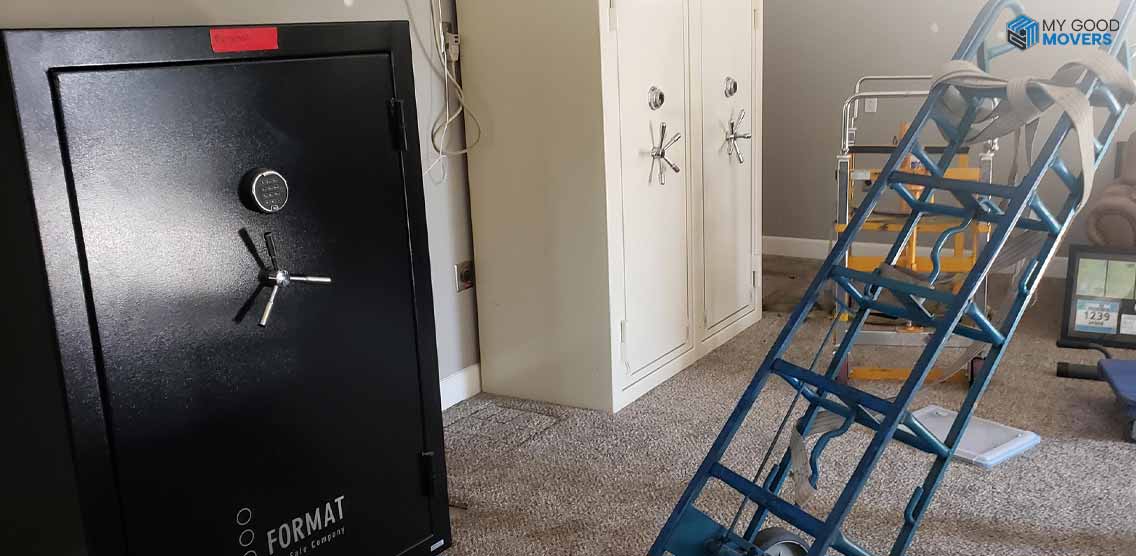
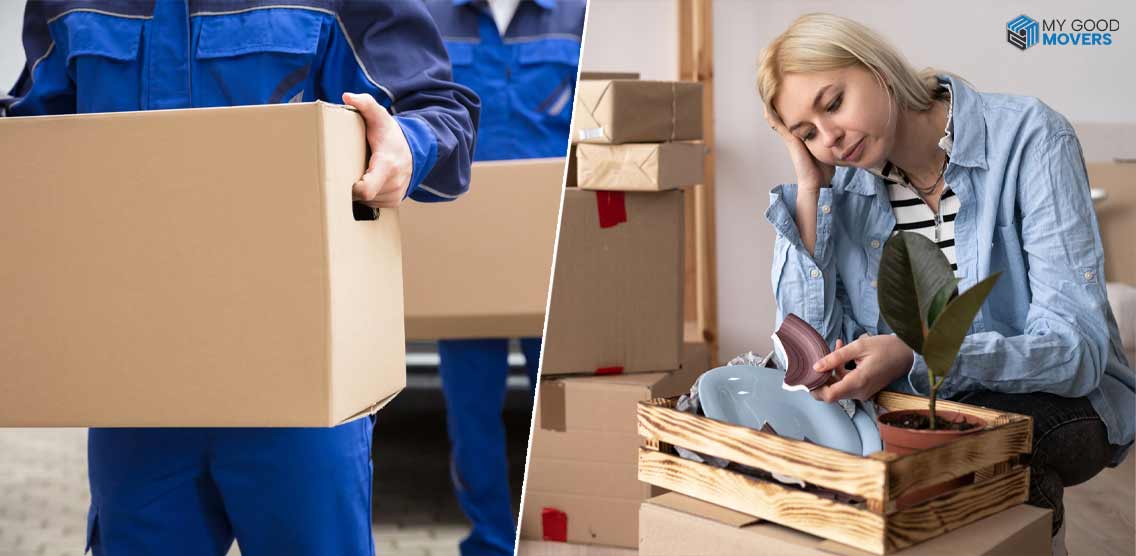
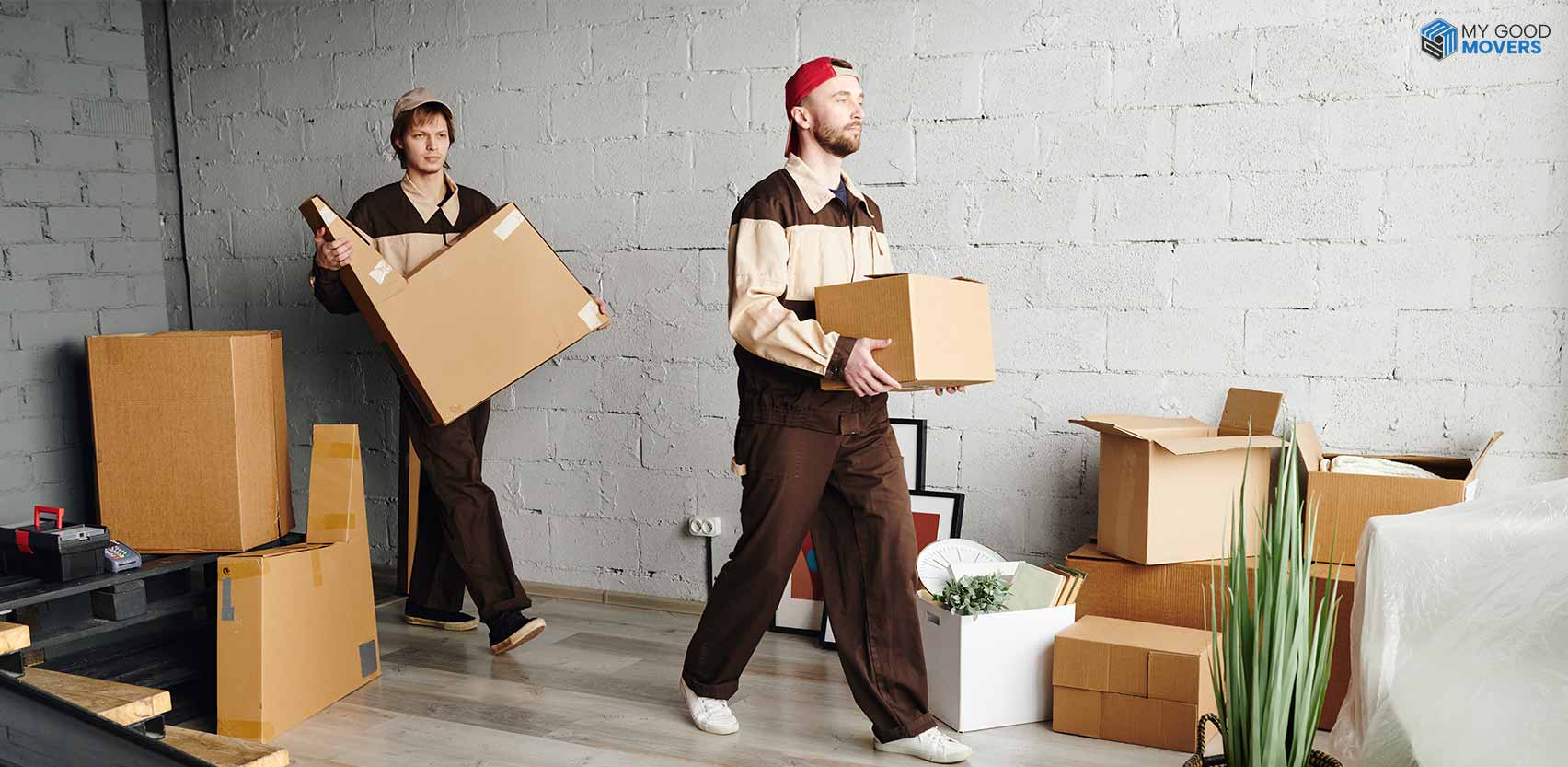







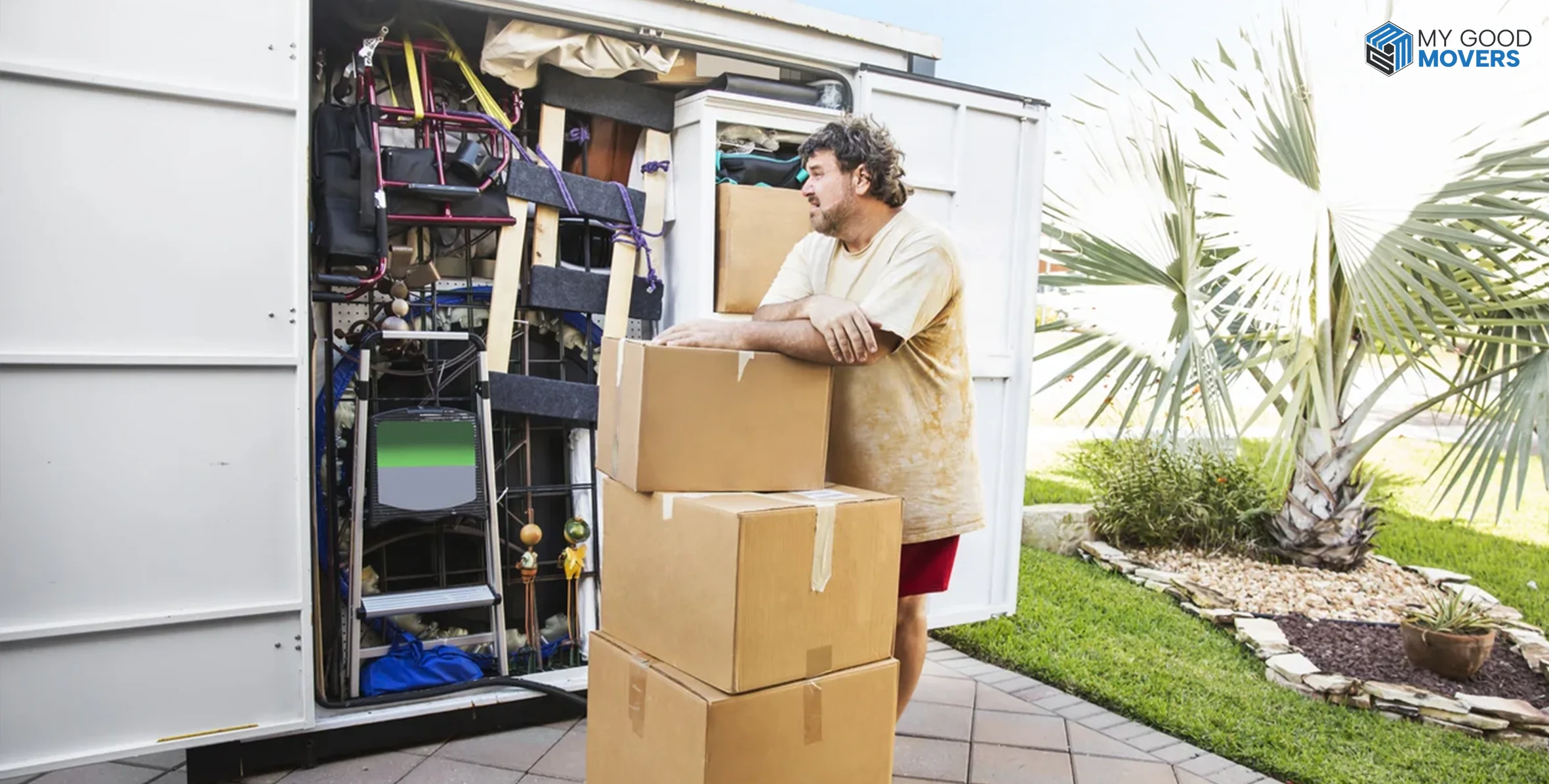
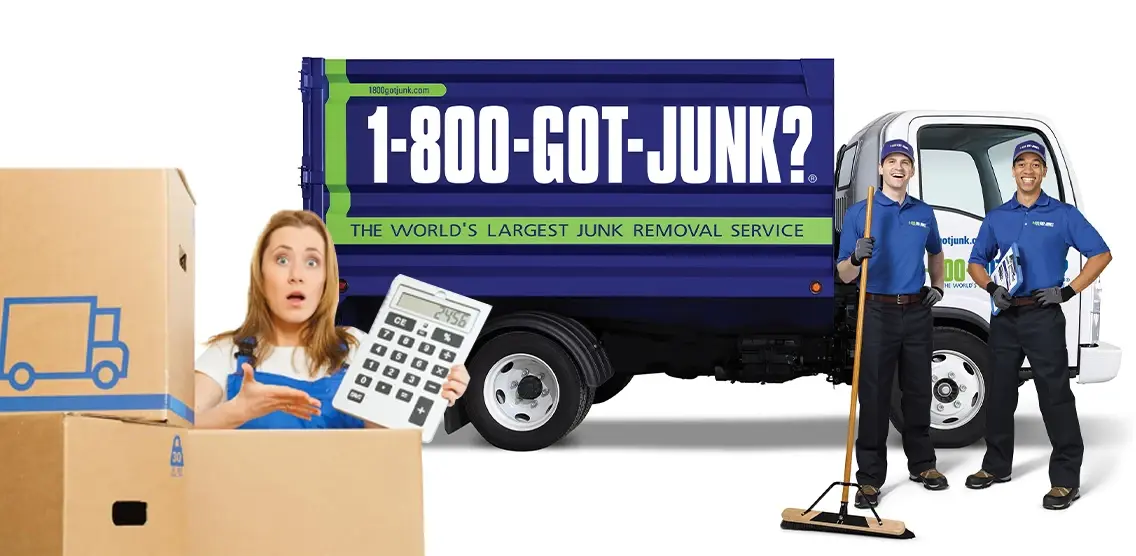
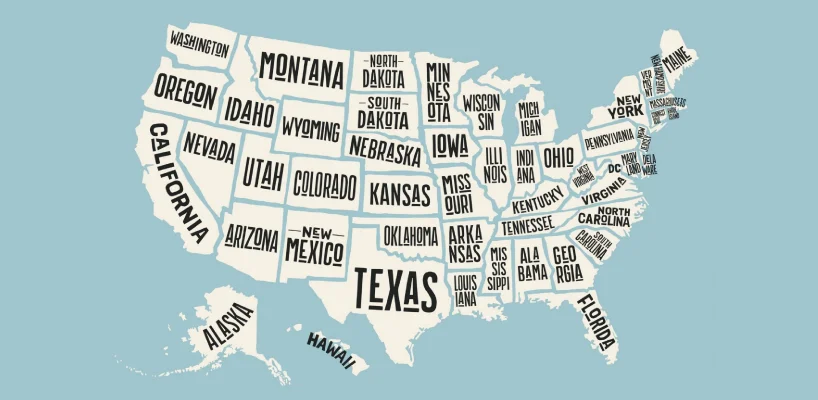

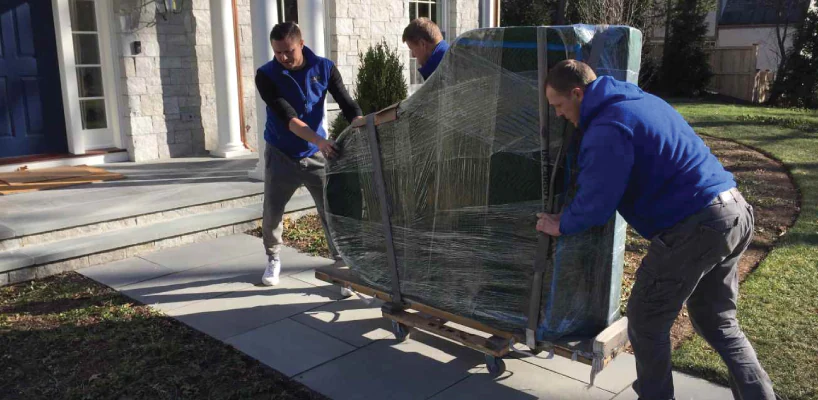

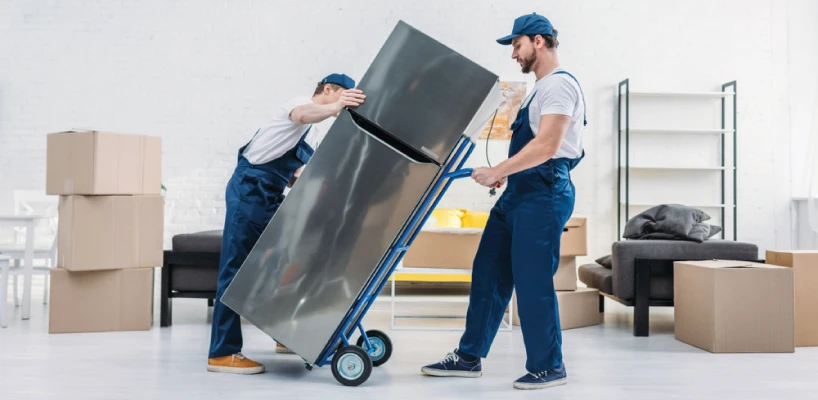

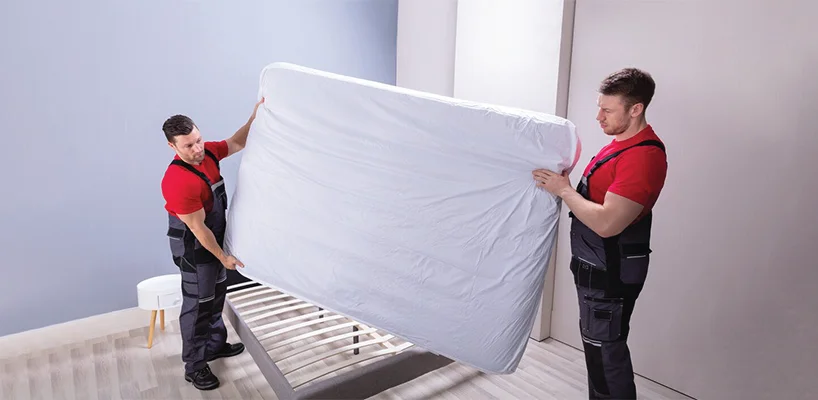
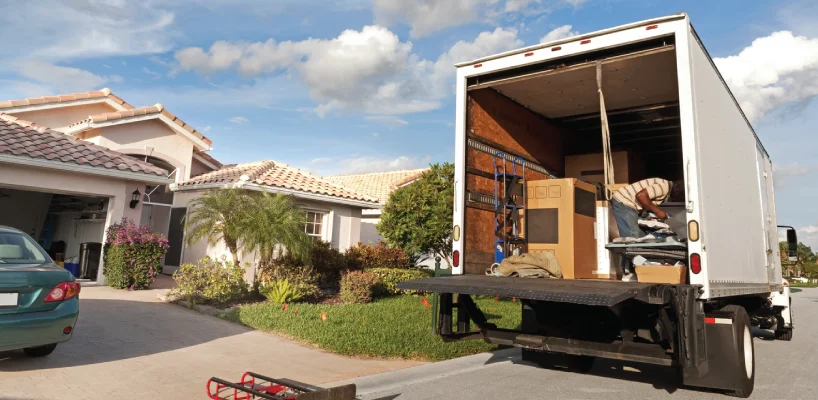
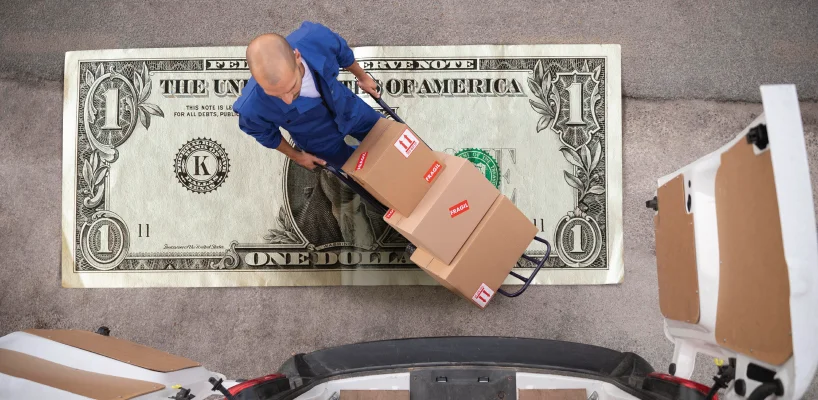



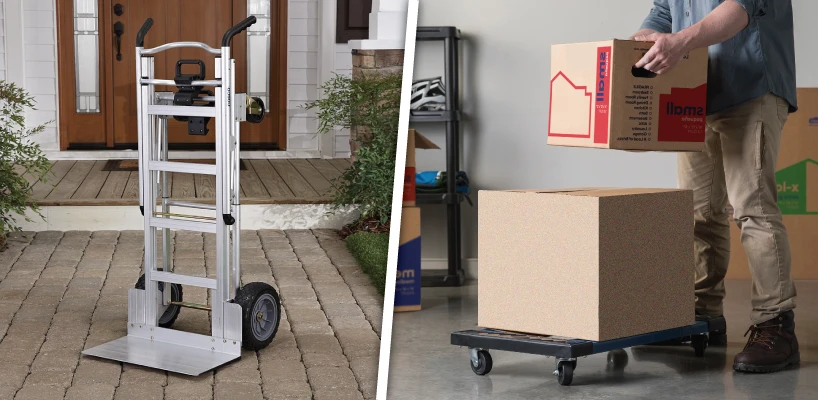
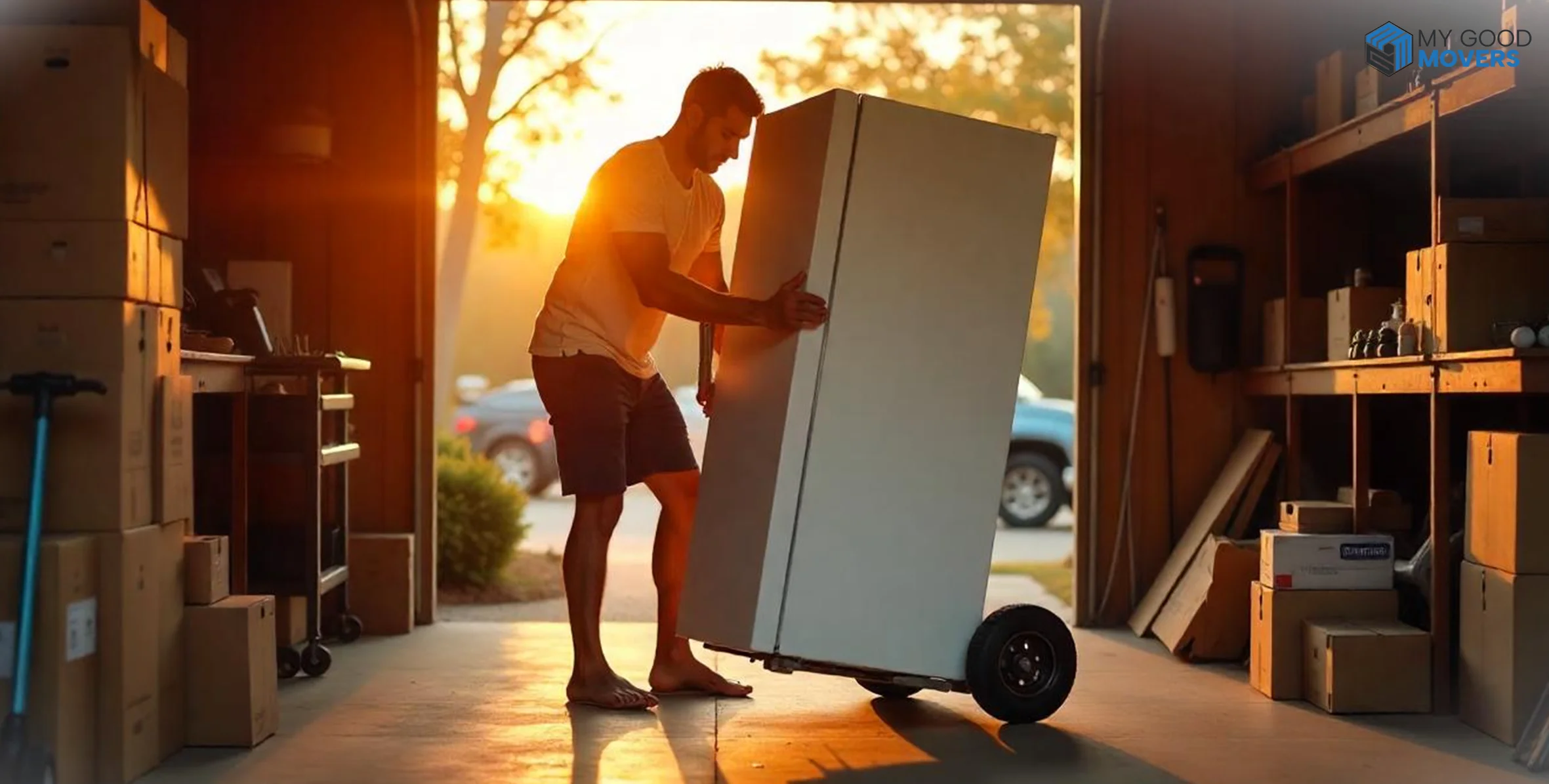
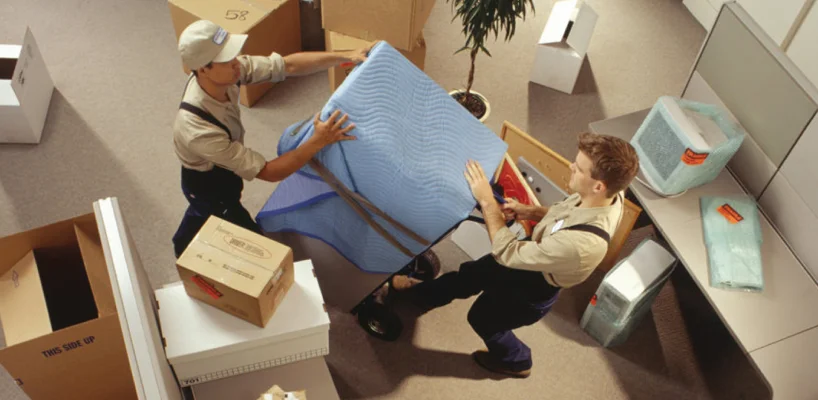


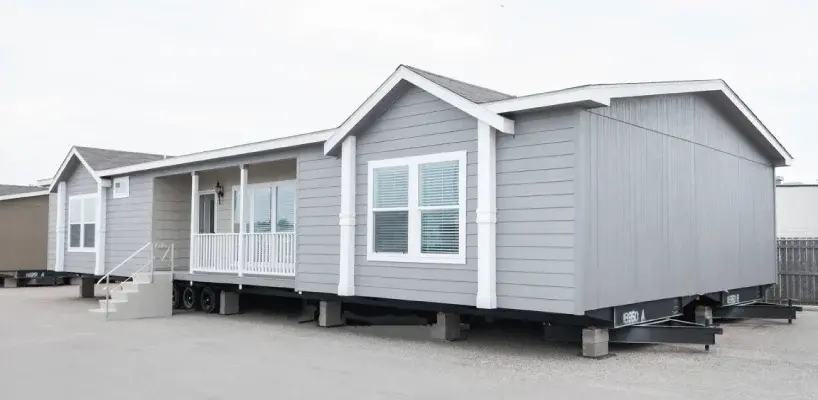
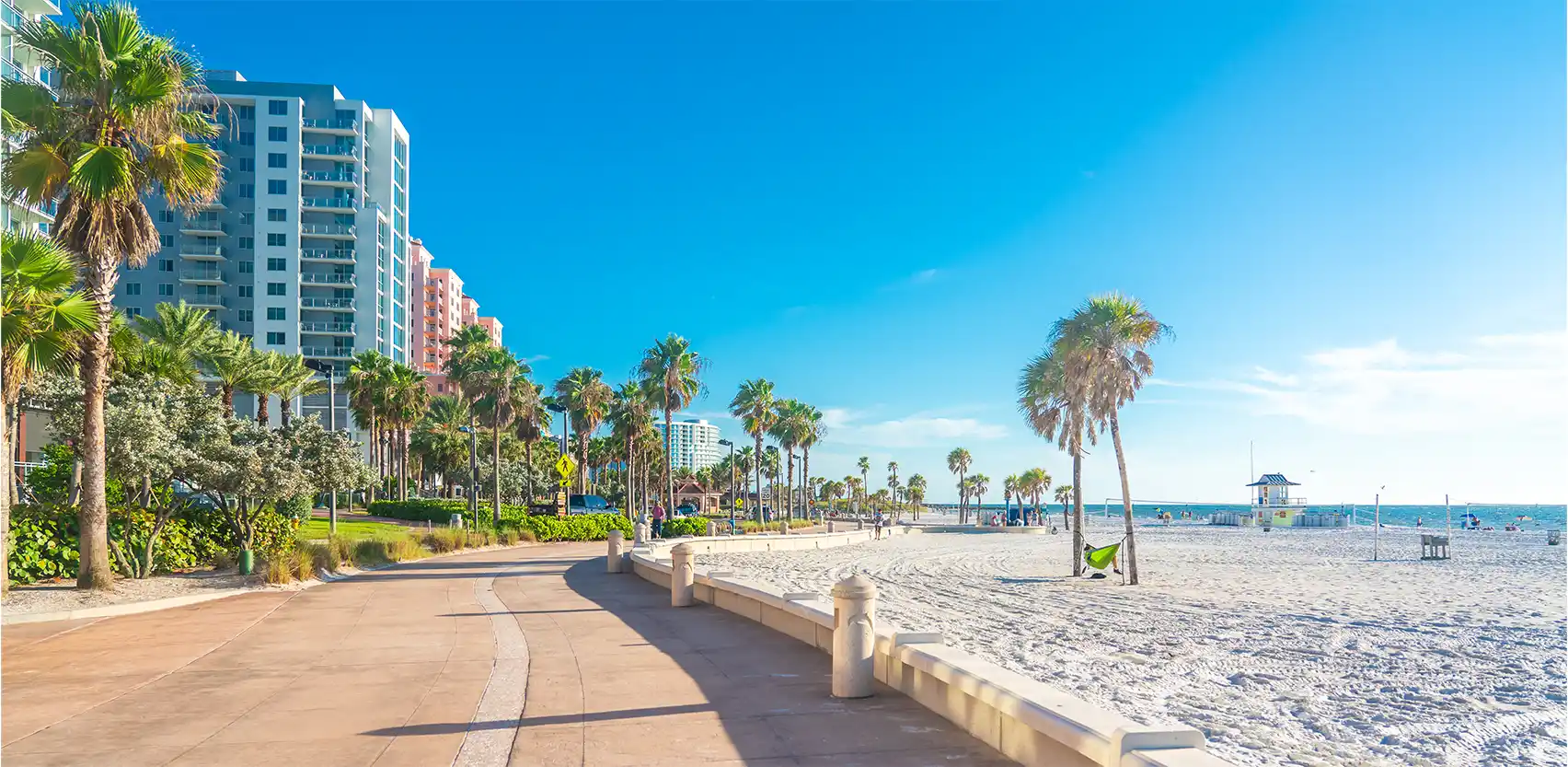

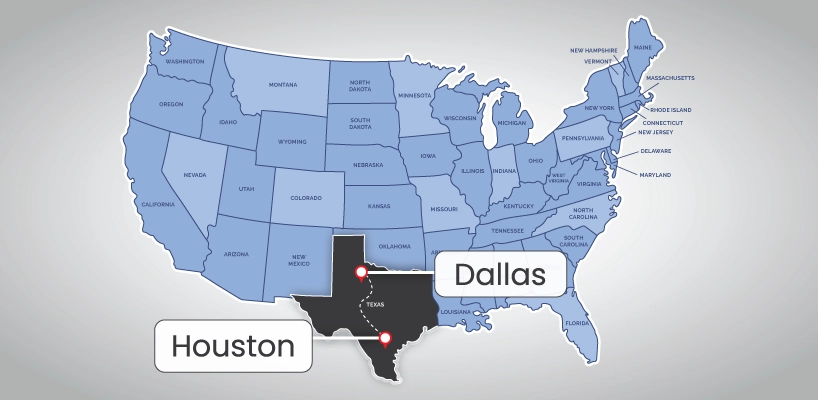

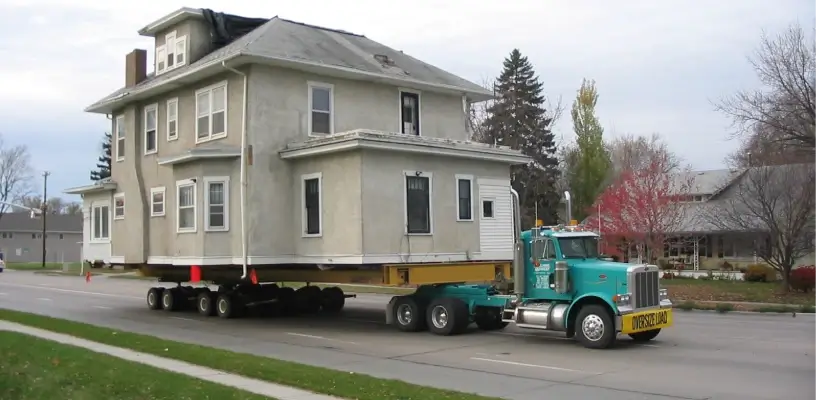
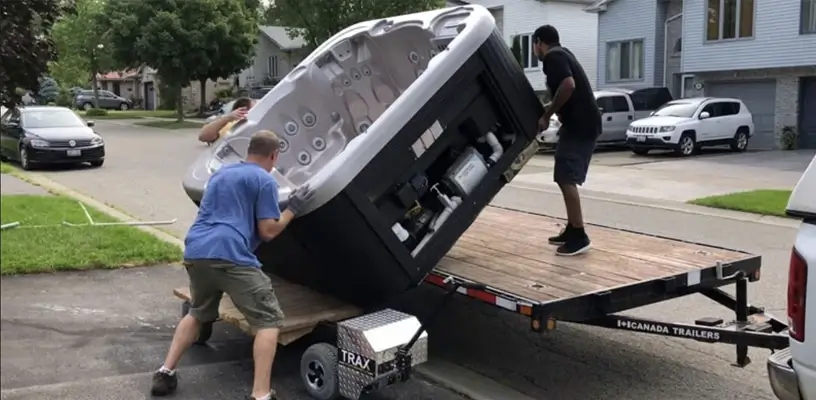




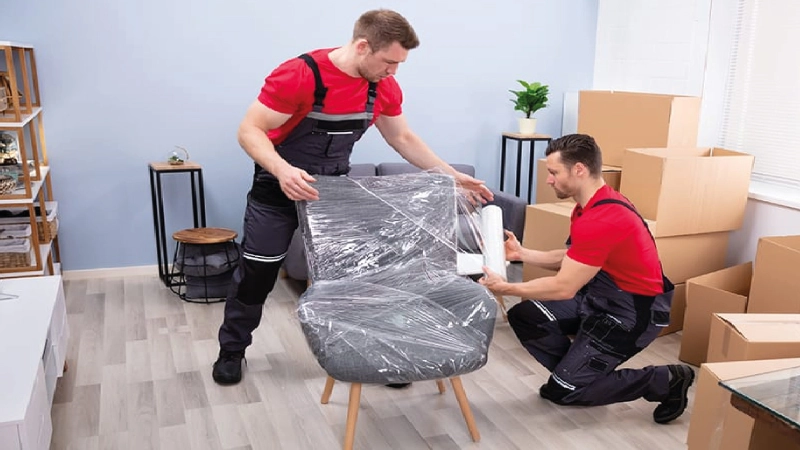

 (239) 799–6077
(239) 799–6077